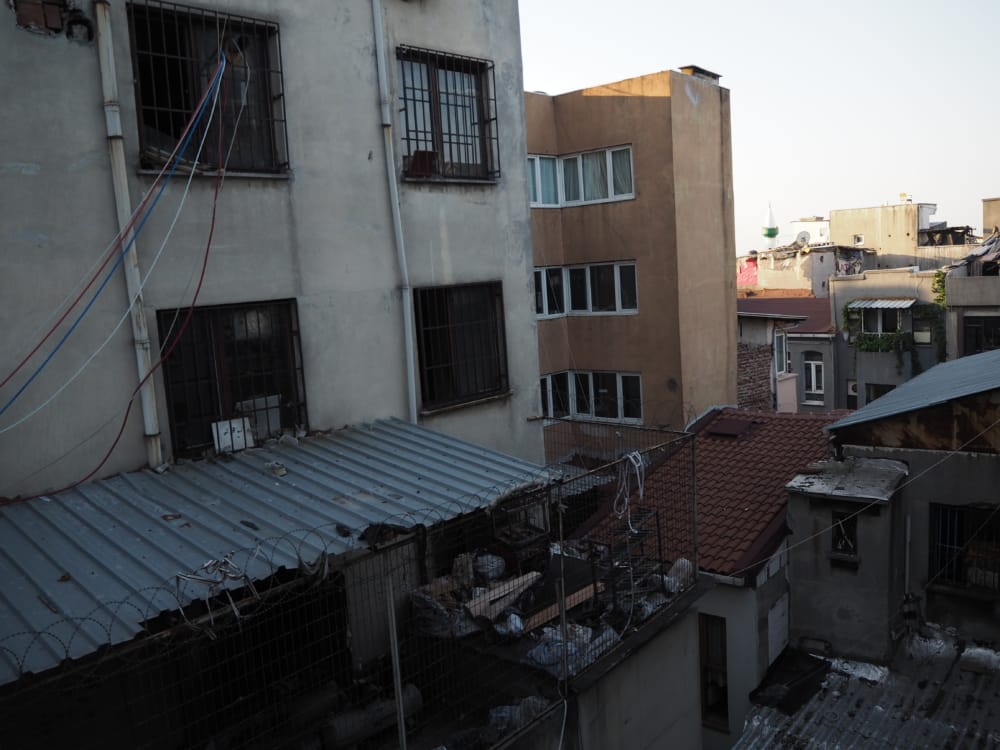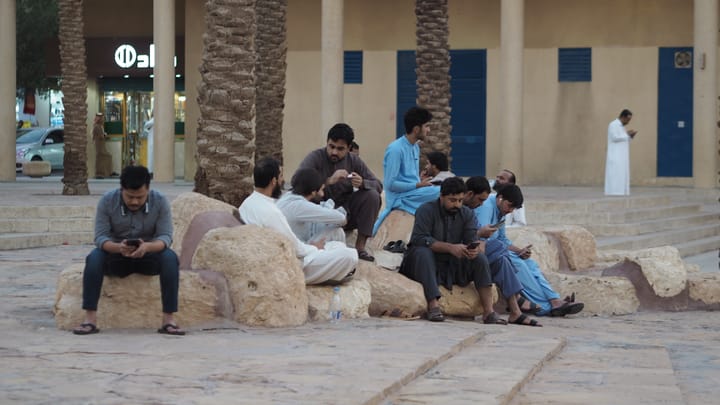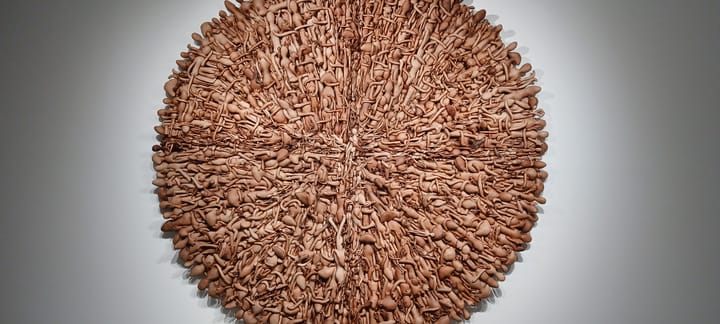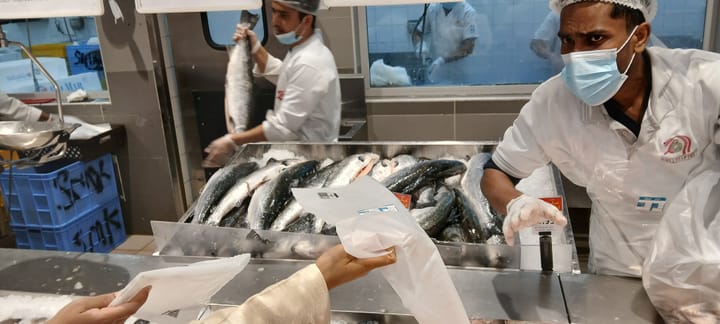Day 5 – September 5 2024 – İstanbul: Beyoğlu ve Masumiyet Müzesi
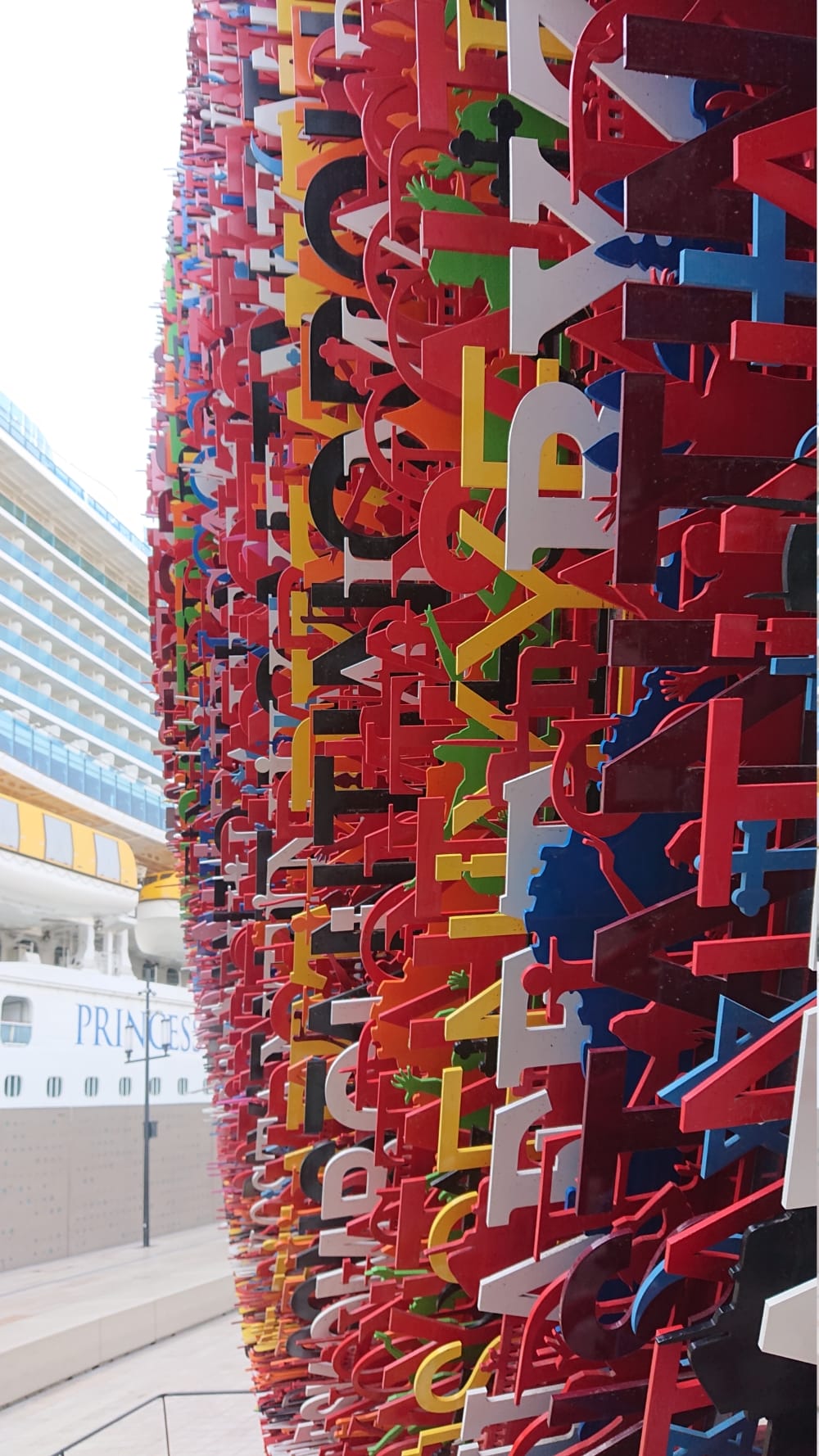
perhaps a flashback to yesterday when J had the hamam to compensate for the disappointment and found it, designed again by Sinan, super. I didn’t want. Sit on a hot stone and be lathered up with a pillowcase of suds. Or doze under the minaret with a ginger cat. Flashback, but: return to Beyoğlu.
This time on a mission. The Museum of Innocence from The Museum of Innocence by Orhan Pamuk, both in fact, one written, one curated.
A small building up a steep hill. Right turn. Stands out because of the orange-umber colour. Laconic ticketseller told us only number 69 was on the ground floor and to start upstairs. Fore-advised we took the audioguides. To spend several hours immersed in a world in which the objects, the collections, the curation of them, and their juxtaposition, are the speaking subjects. What we hear are excerpts in the voice of Kemal and commentaries in the voice of Orhan Pamuk, but adding to this mixture are the conversations given by the latter’s report; Kemal is installed, says the author, curator, creator of the museum and novel, in the top floor. And throughout the process of building the museum he and Orhan conduct extensive conversations on the various boxes, their composition and contents–as well as that of the overall museum. They also discuss events of the novel. Kemal has in fact told Orhan the entire story which the author had simply written down. This process comes to life in the making of the museum that Orhan reports on, he and Kemal, in the upstairs bedroom, where Kemal spent 7 years, drinking rakı late into the night, and no doubt smoking cigarettes … discussing the various problems of presenting a chapter of the novel, that is a chapter of Kemal’s life, in each of the boxes. And the workshop busy downstairs building the display cases, with their cleverly concealed lights. Here are a couple,
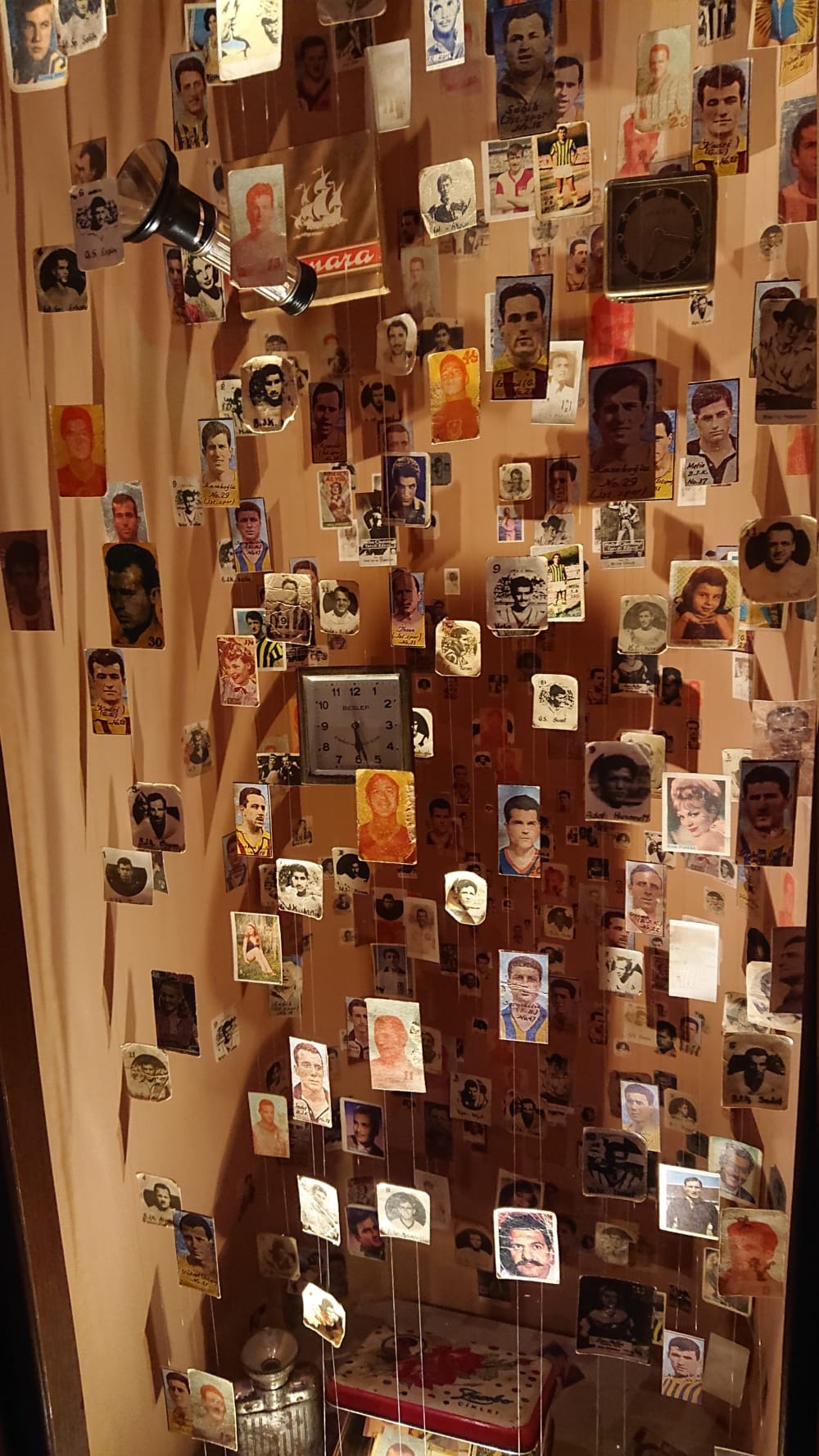
Pictures of movie stars, actors. Kemal is a film producer, whereas these are the cards Orhan, in his own biography, which naturally enters in to the work of building the museum as it does in to writing the novel, collects.
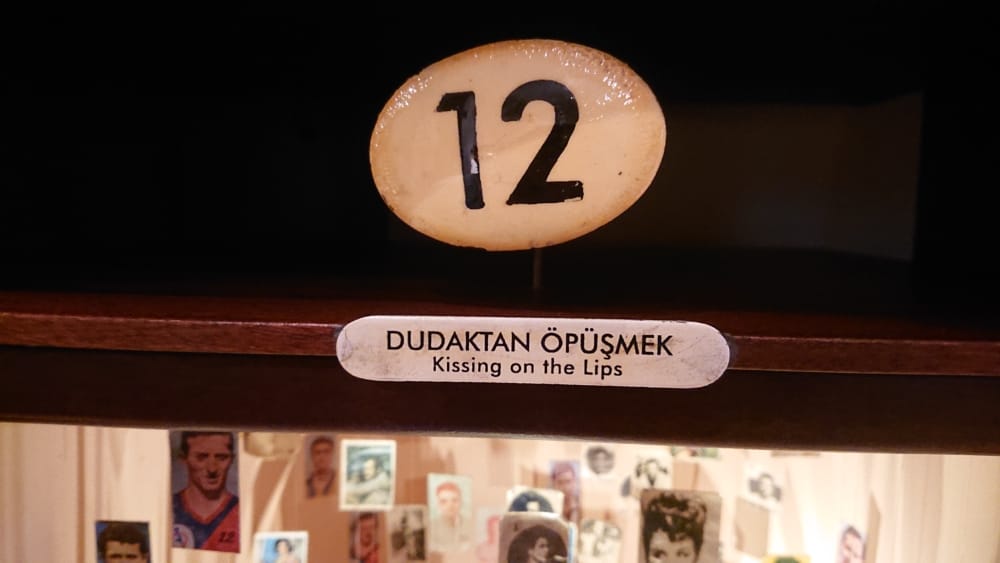
Each of the display cases bears a title reflecting that of the chapter it presents–in Kemal’s life and in the novel.
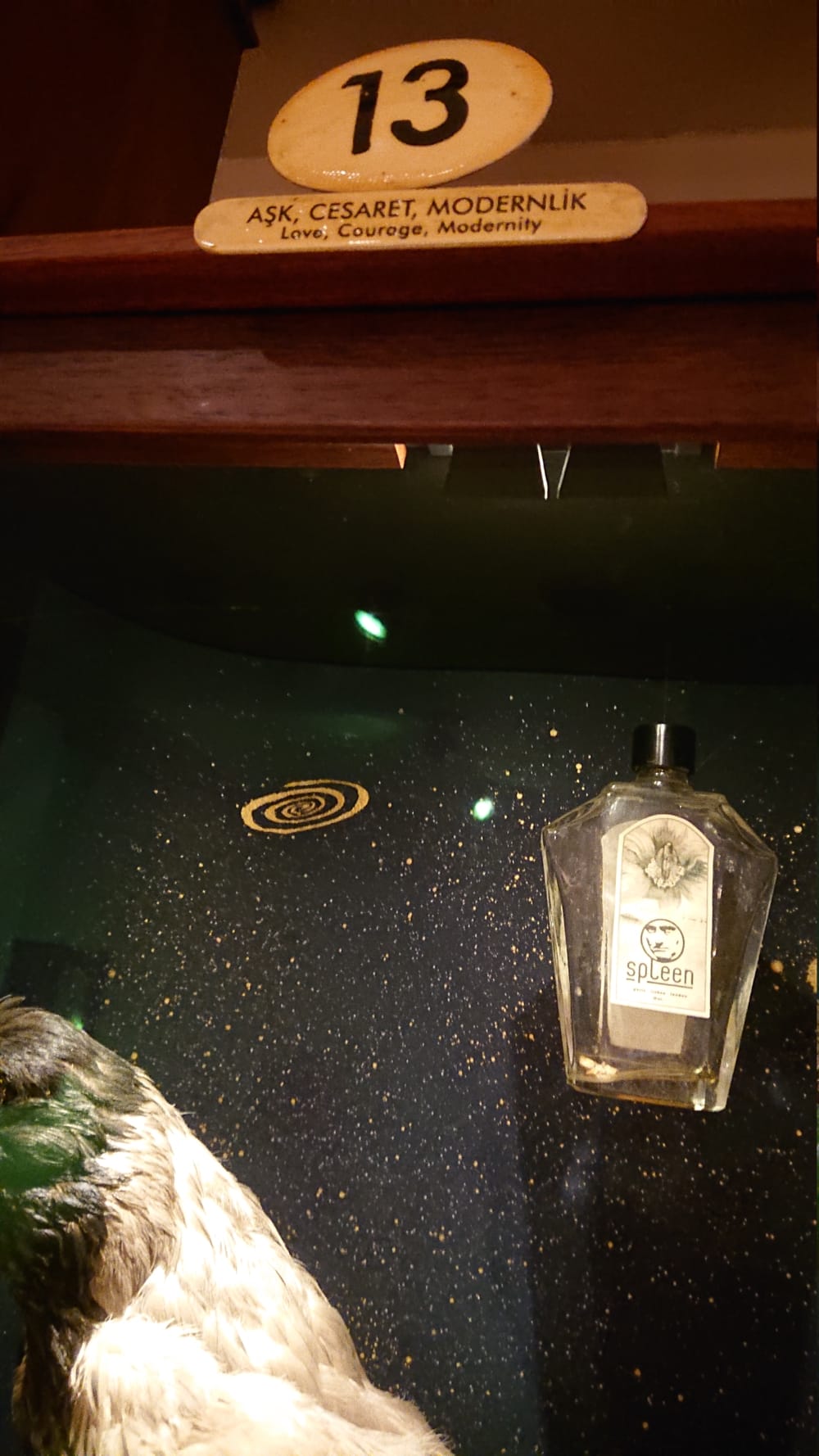
Here are depicted, to borrow something of the tone of the narration given in the audioguide, the back of a Turkish crow, a spiral, which since it concerns time will be a recurring theme in the museum, and the perfume Kemal buys for Füsun, the love-affair being at the centre of the novel’s spiral–and the time-frame of the museum, which sort of rises through 3 floors expanding, through 4 if you count the bookshop on the bottom floor where the novels of Orhan Pamuk are sold, and threads its end through itself, contracting to the most significant of the displays, on the ground floor, which we will come to.
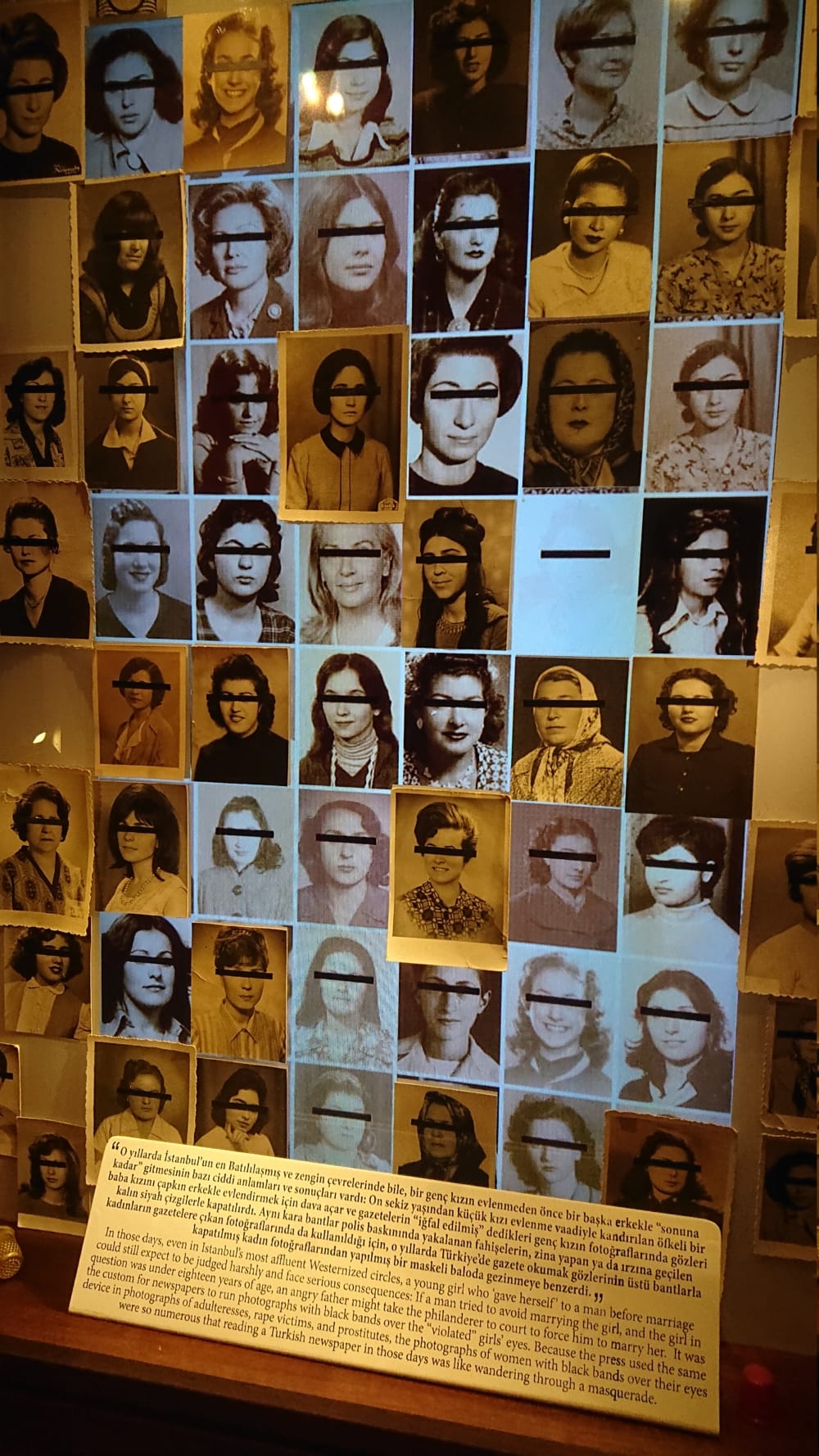
This for me summed up the culture of gender in Turkey. As you can read, rape victims and women who used in the West to be called fallen, those who fell pregnant before marriage, both appeared in the newspapers of Istanbul with their eyes masked, censored. Veiled. But the veil is reversed. Whereas the eyes may be uncovered and the rest of the face, the head, and body veiled, here it is only the eyes.
The cost of men’s freedom seems to be (or is?) a culture in which women are at once covered up and put on display.
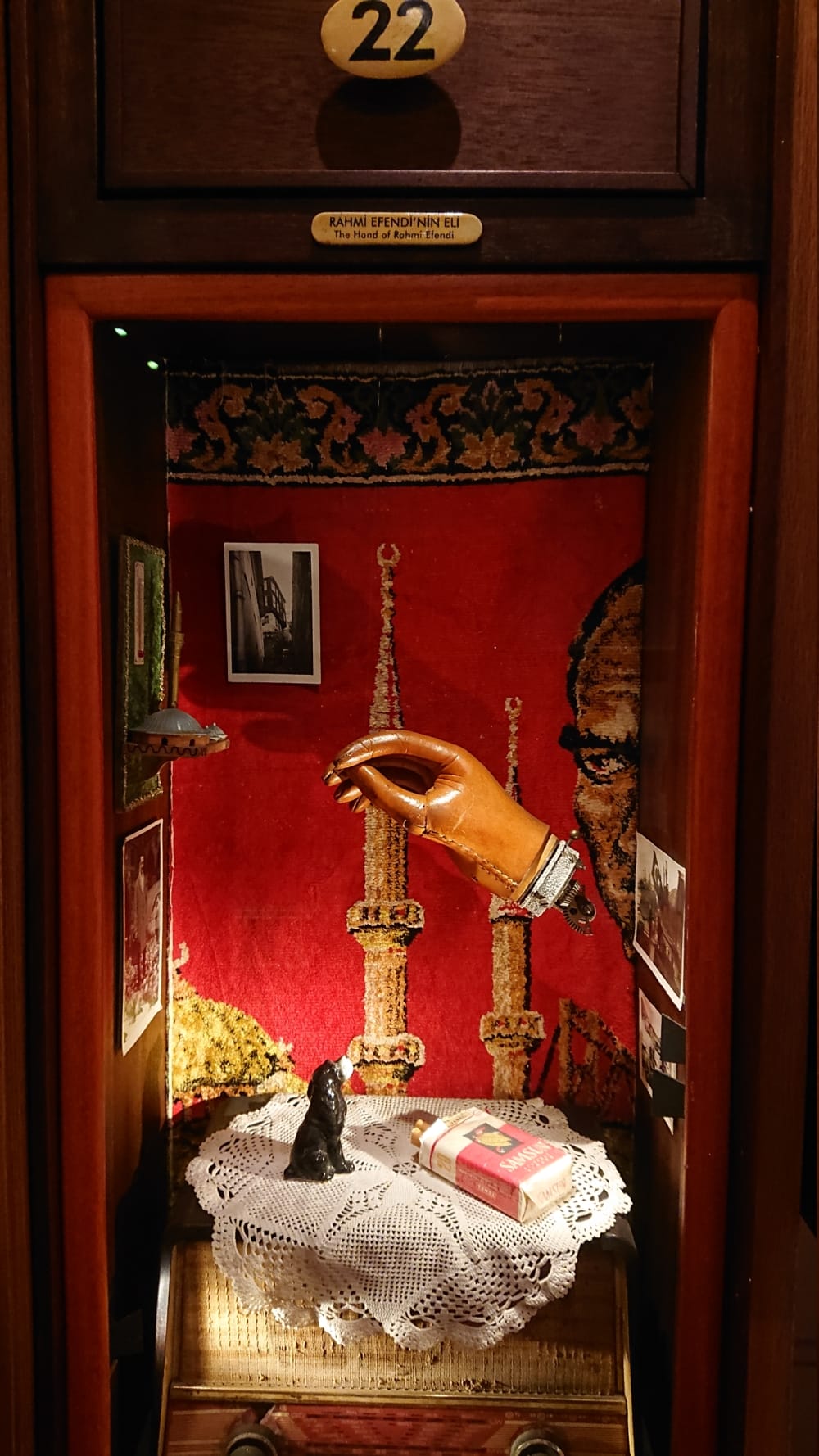
This is simply remarkable.
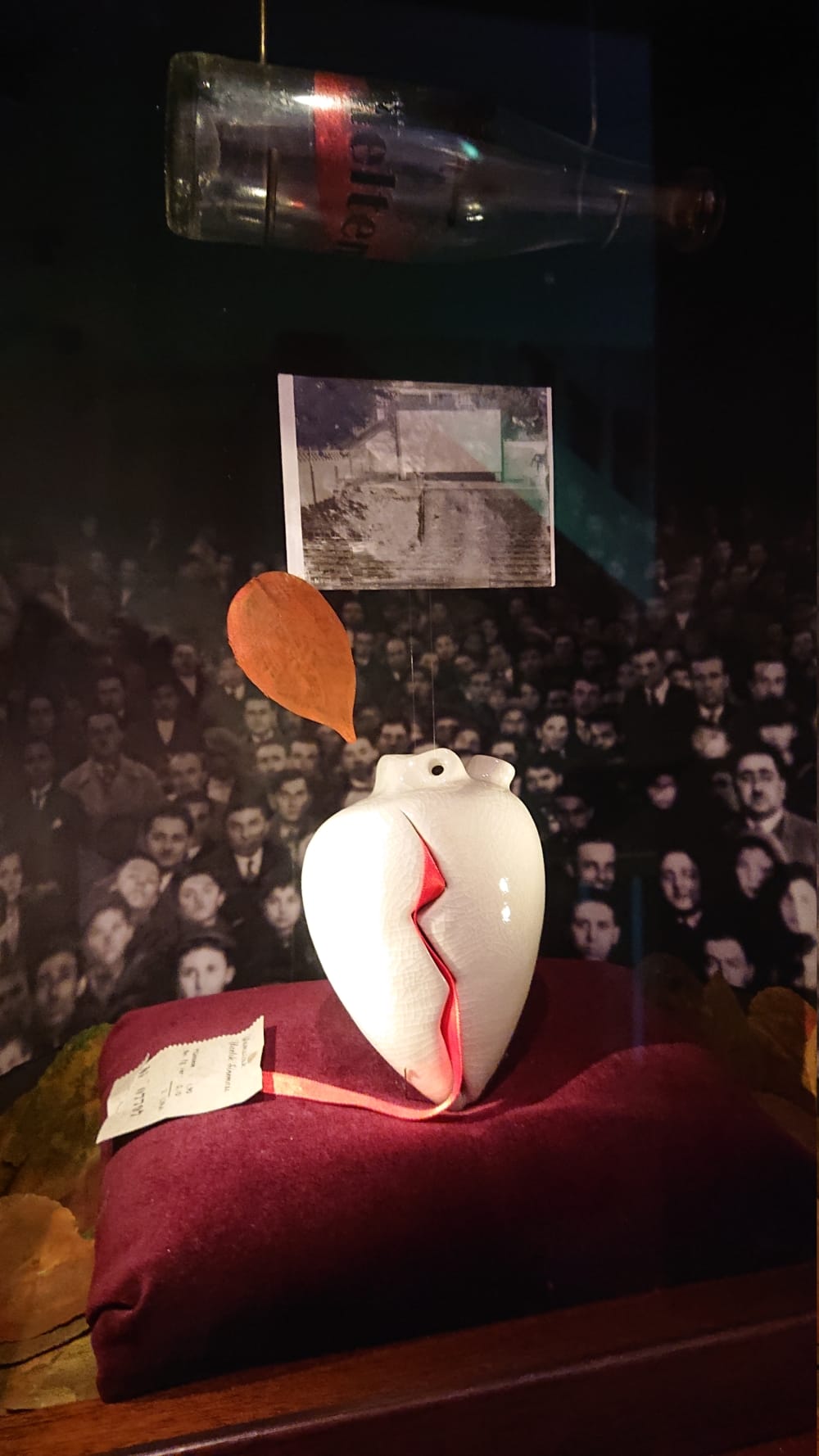
No better representation of a broken heart (in the cinematic era that has been a subject for me, see here) can I imagine.
A touching motto on the wall of the attic room where Kemal spent 7 years follows.
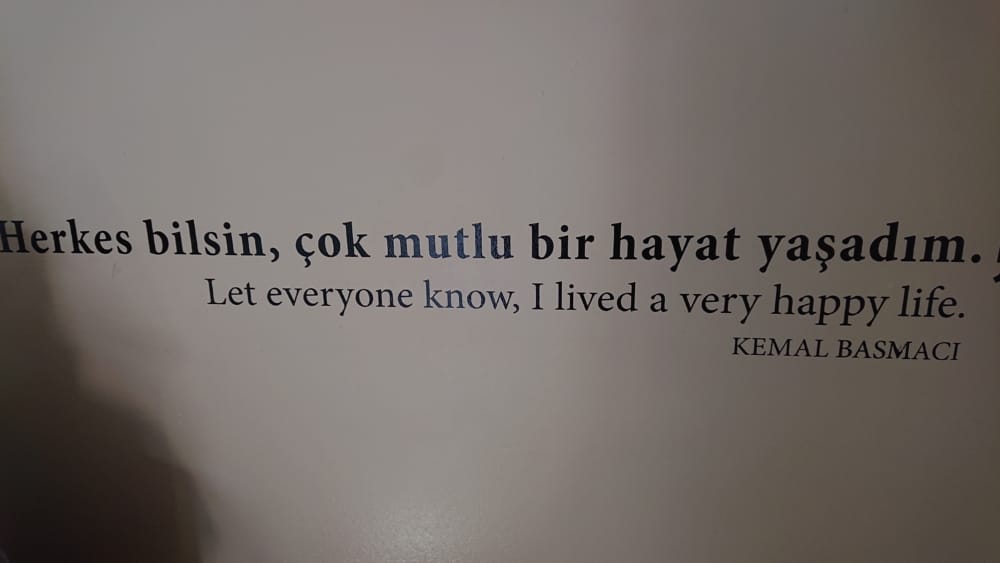
…
The Museum of Innocence is a monument to the novel as much for the fact that it is a permanent installation as for the fact that it contains largely ephemera.
As such, it is a new form.
…
The room, Kemal’s, where the motto appears:
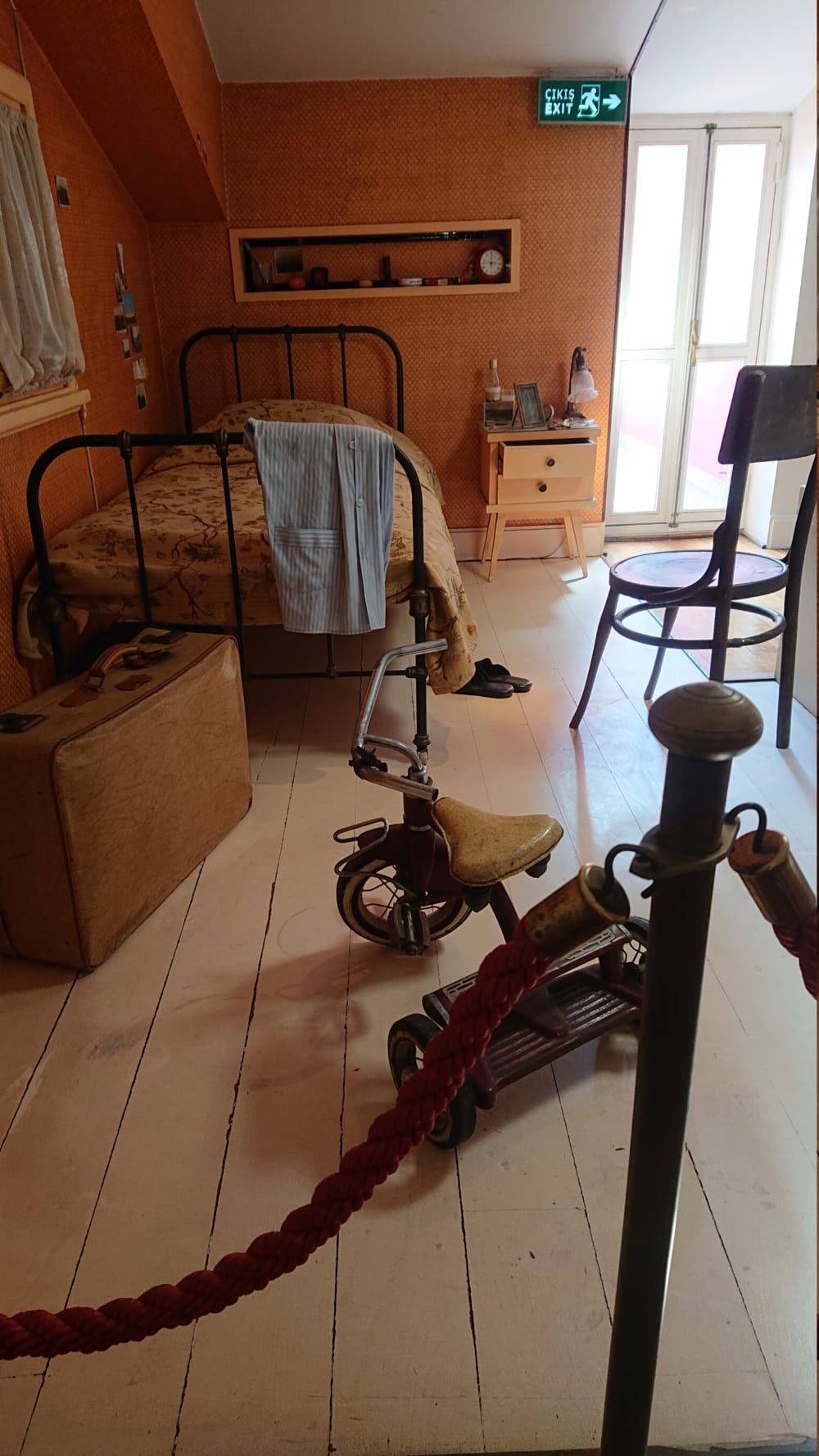
Looking all the way back down, like through the derviş dance of the cosmos.
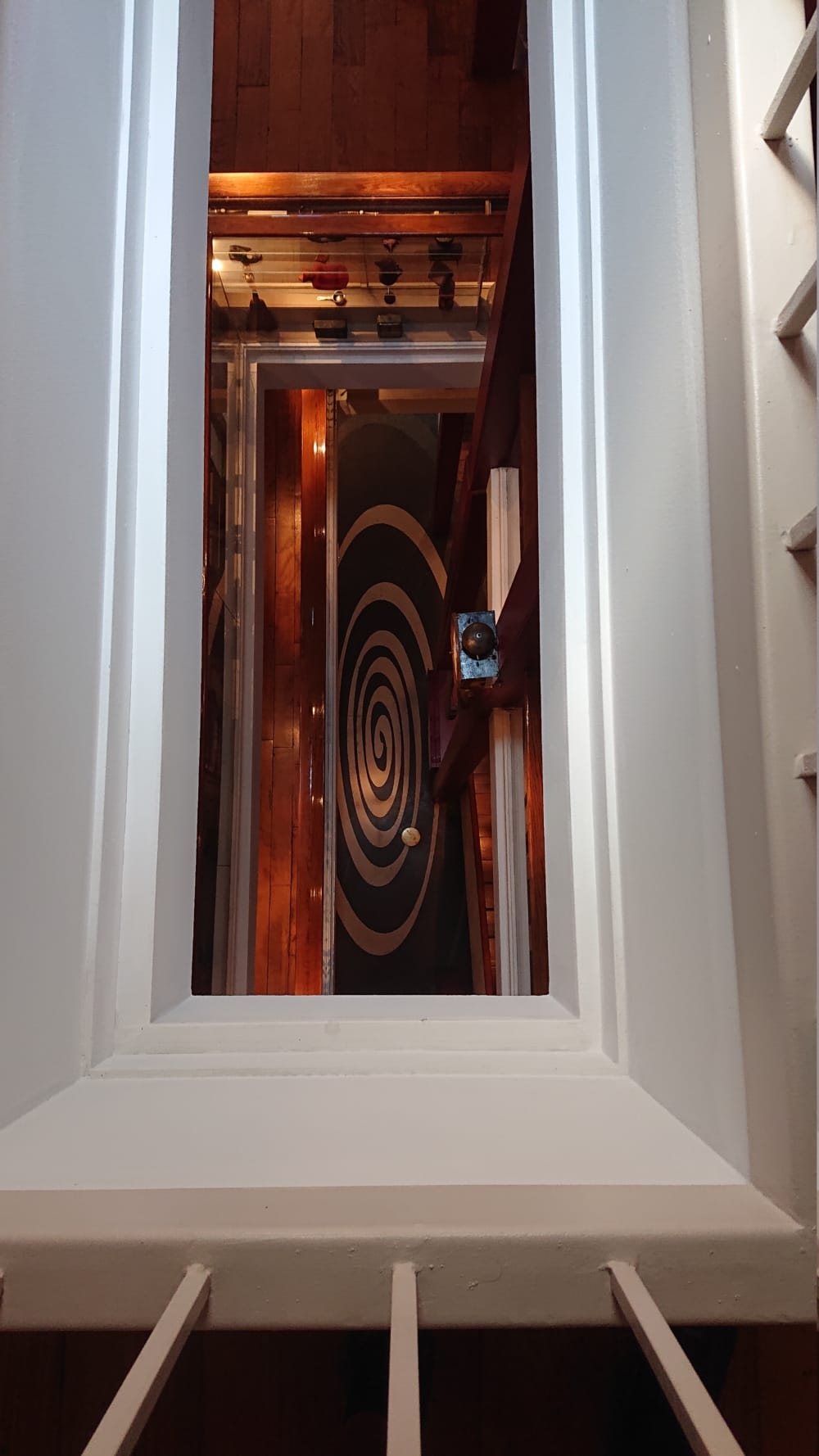
(Konya we get to later where the derviş dance is explained. The black robe coming off is the falling away of worldly matters. The tall chimney-shaped black hat is a cenotaph. The whirl constitutes oneness with the cosmos.)
Now the ground floor,
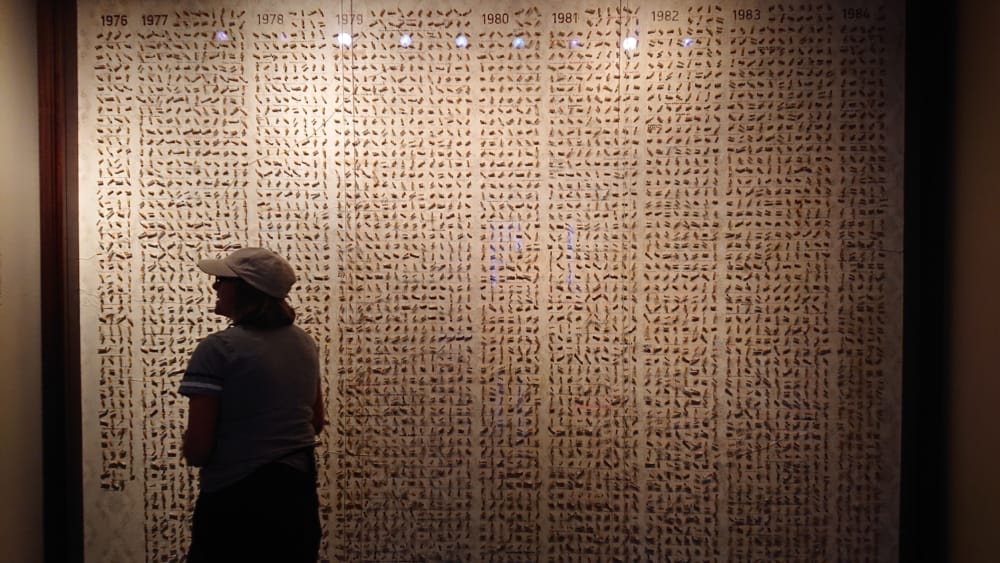
The relics of Fusün, her cigarettes, that Kemal carefully collects, sucking on some to get the flavour of her breath (cf. relics of the Prophet in the earlier post or St. John the Baptist’s forearm). Under each cigarette–a short note, dictated, says Orhan, by Kemal. And some nights he found he could write many such short descriptions, placing the cigarette butts, and others he was at a loss …
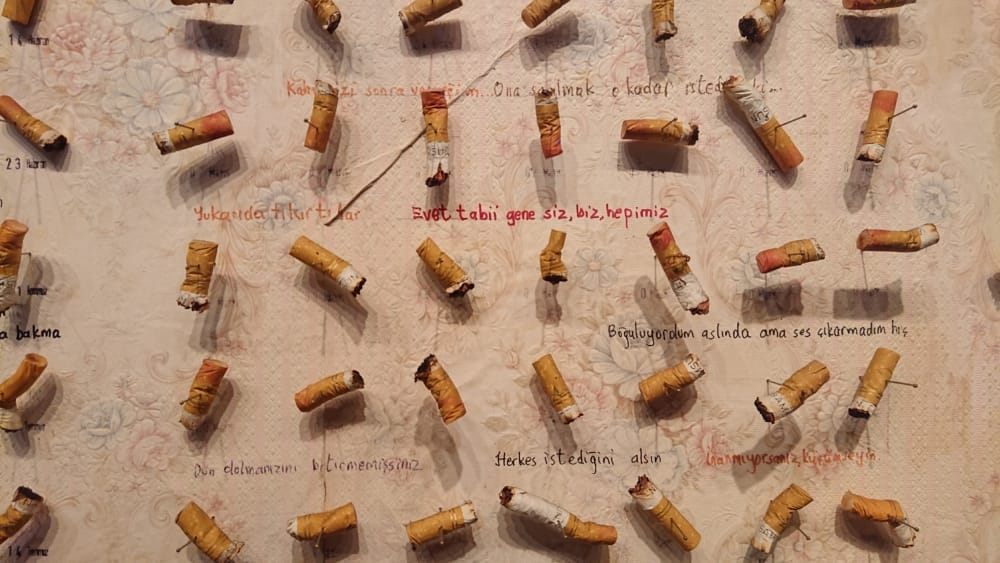
Here is Orhan Pamuk’s manifesto for museums. Its modesty resides therein that it still considers itself a museum, and also its immodesty, which goes to the memorialisation of the novel and is in keeping with it, that is, is in keeping with the respect the author shows for the existence, the real existence, of his character.
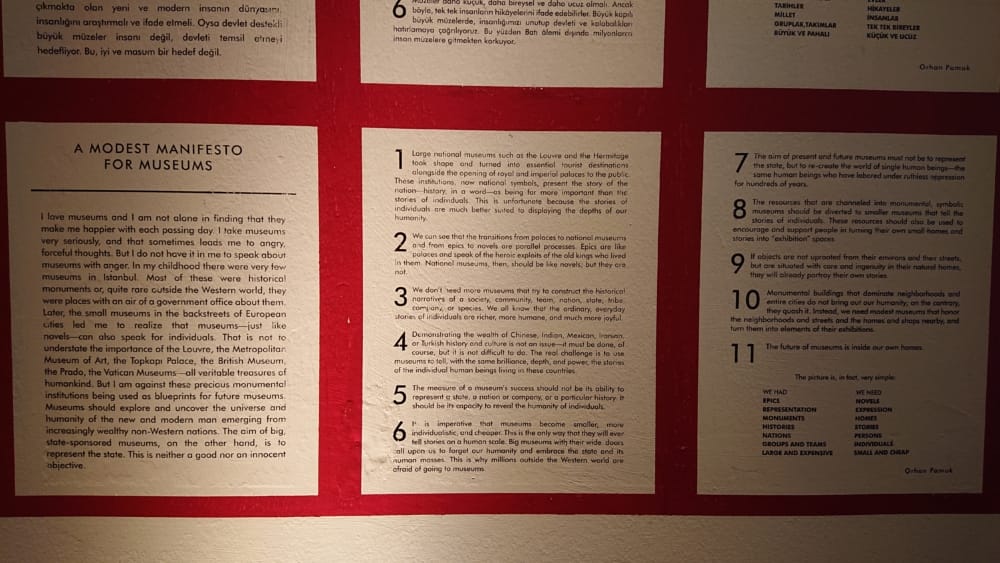
…
Leaving the museum, under its spell, we wandered uphill.
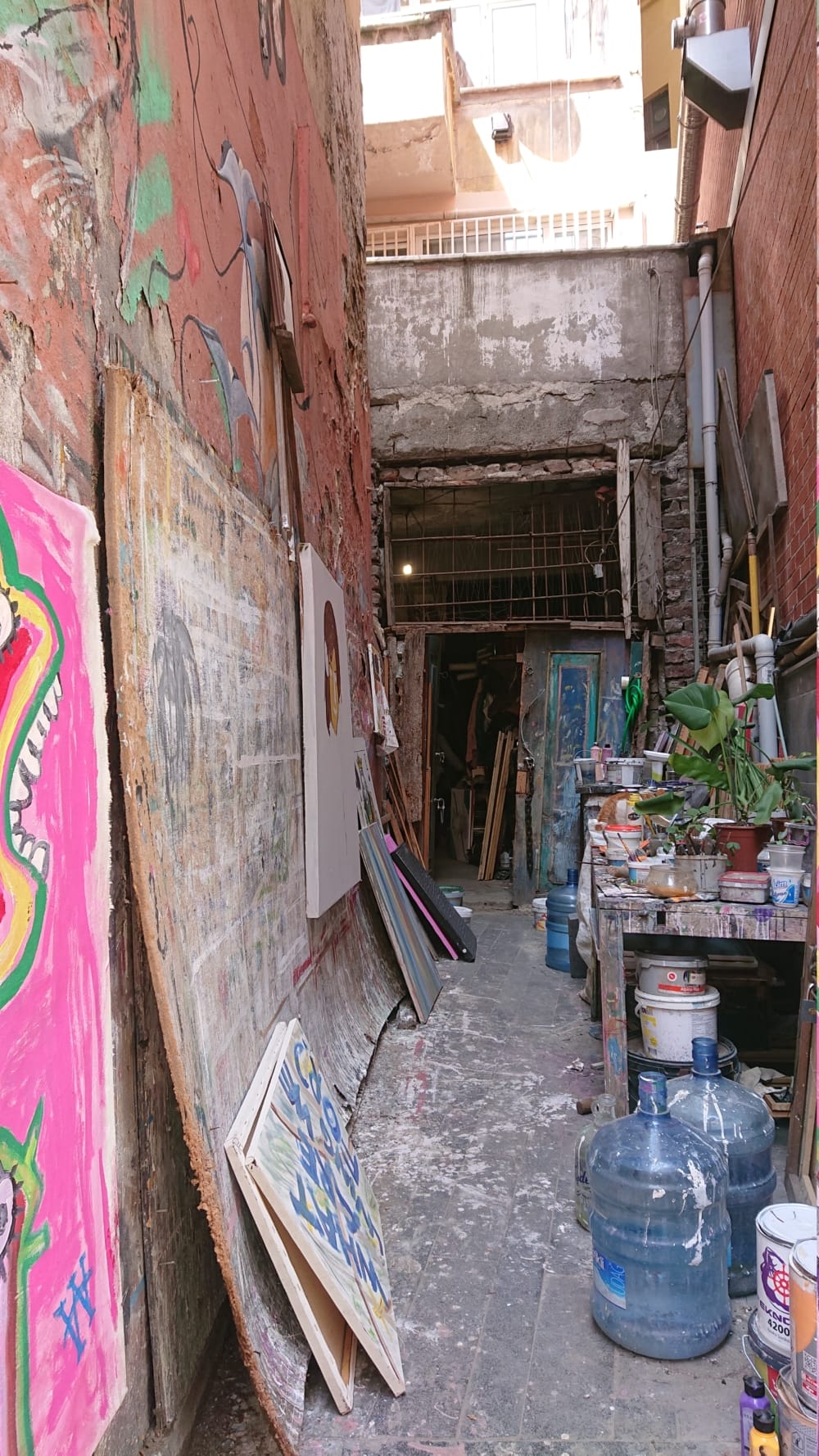
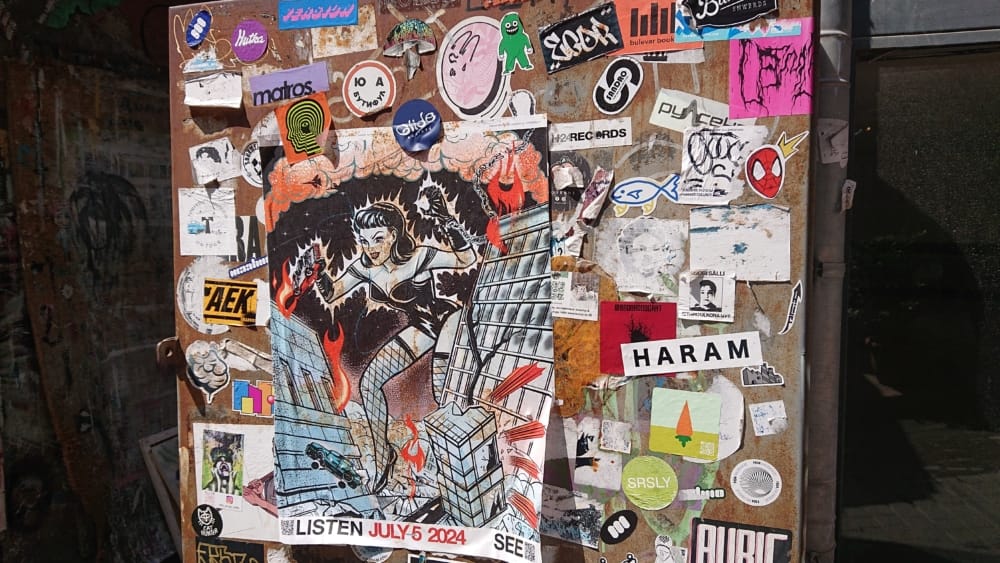
Perched, for lunch, on a marble slab, really antique, in the antique quarter; just as, the real art in the studio, whereas what is made there–not really.
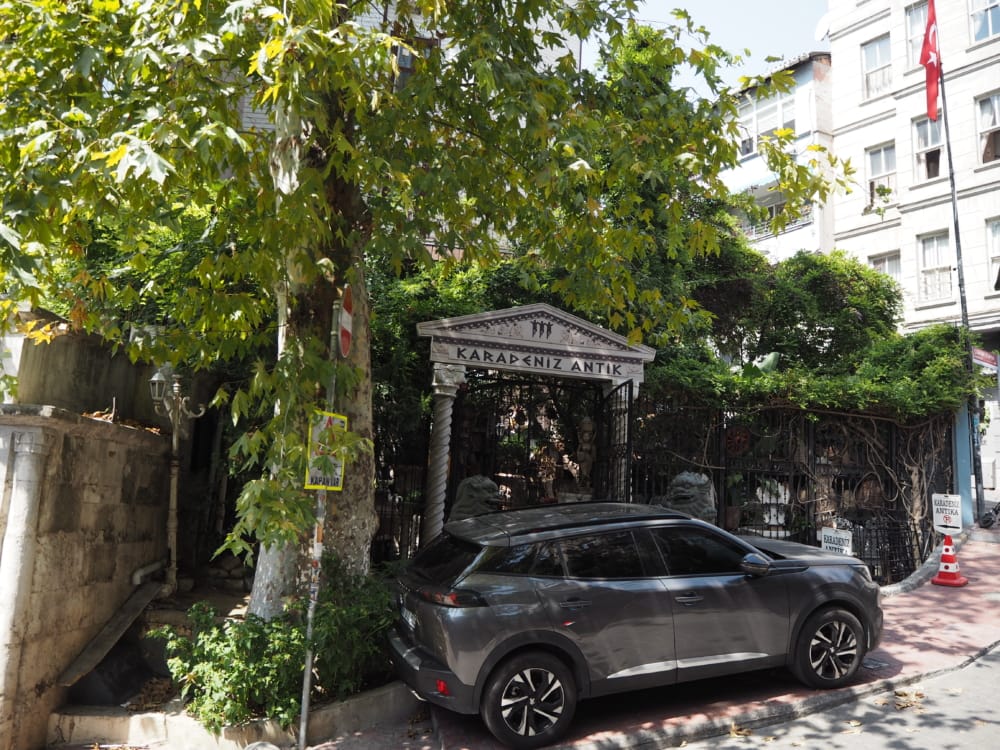
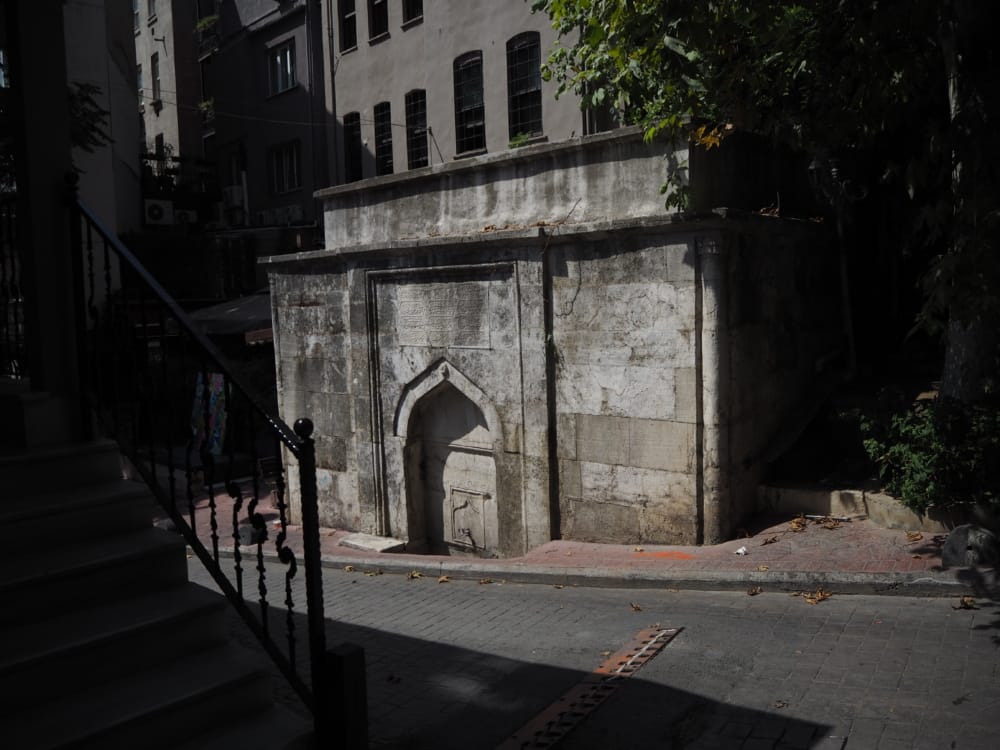
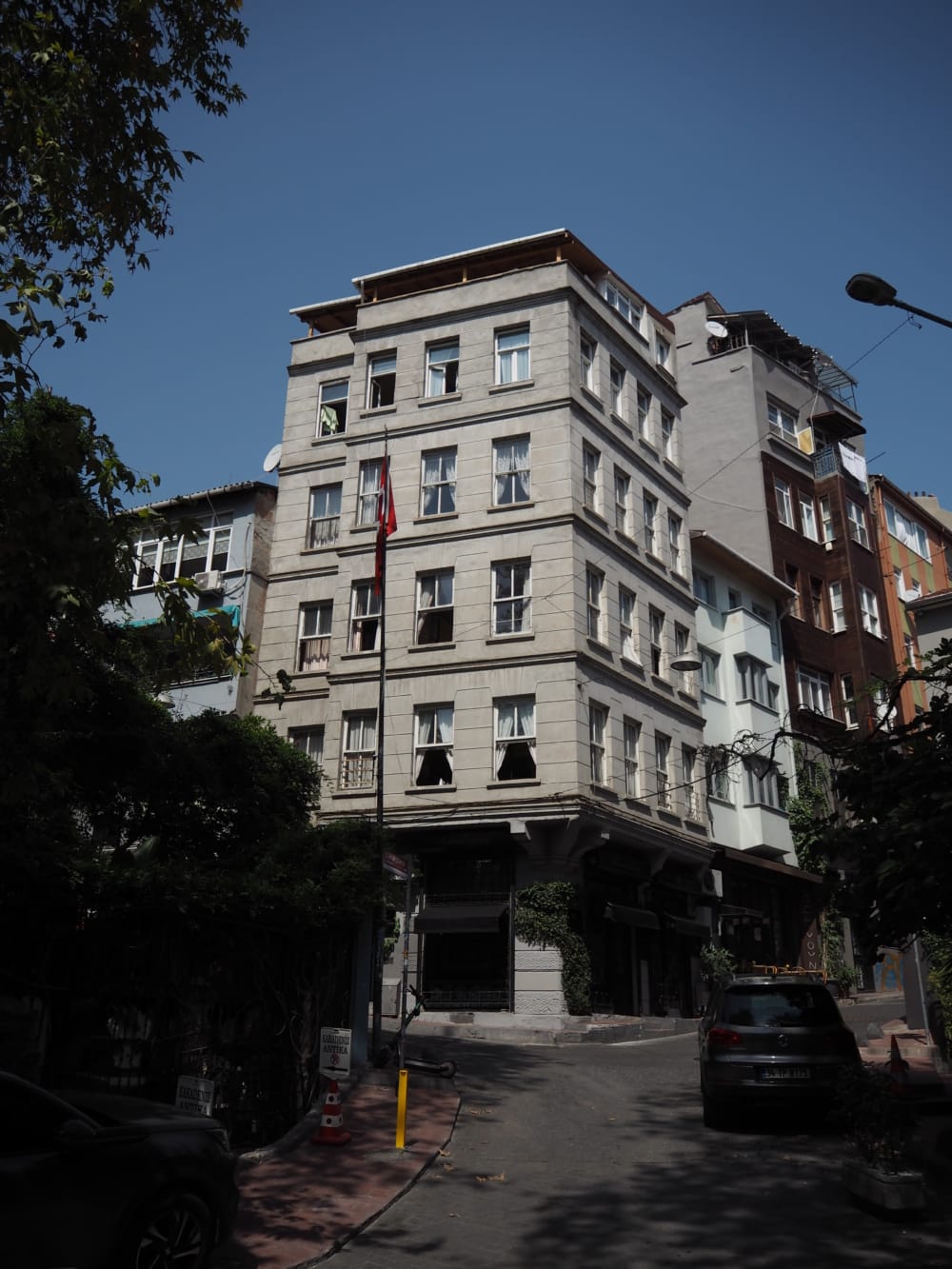
The first view of the cafe,
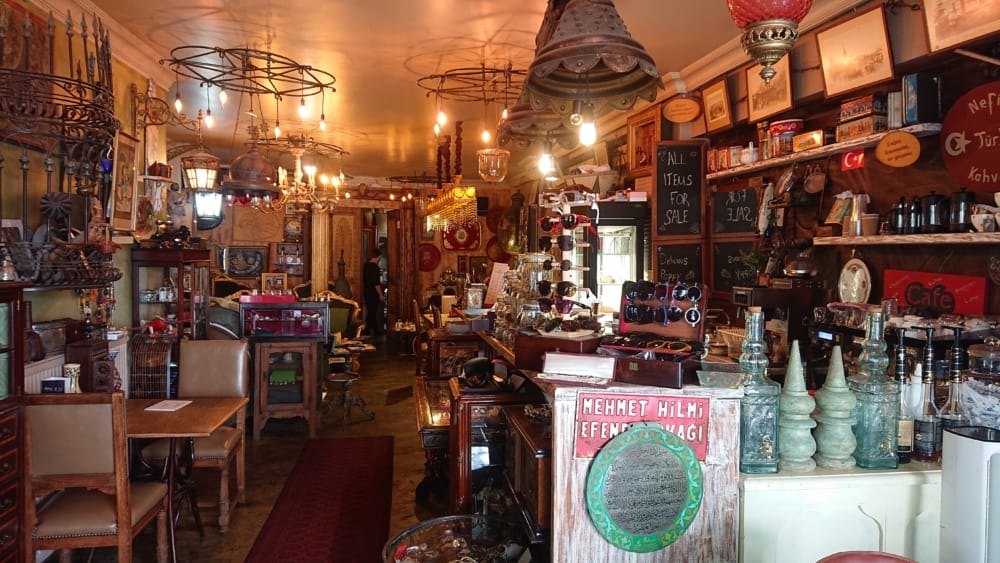
The second,
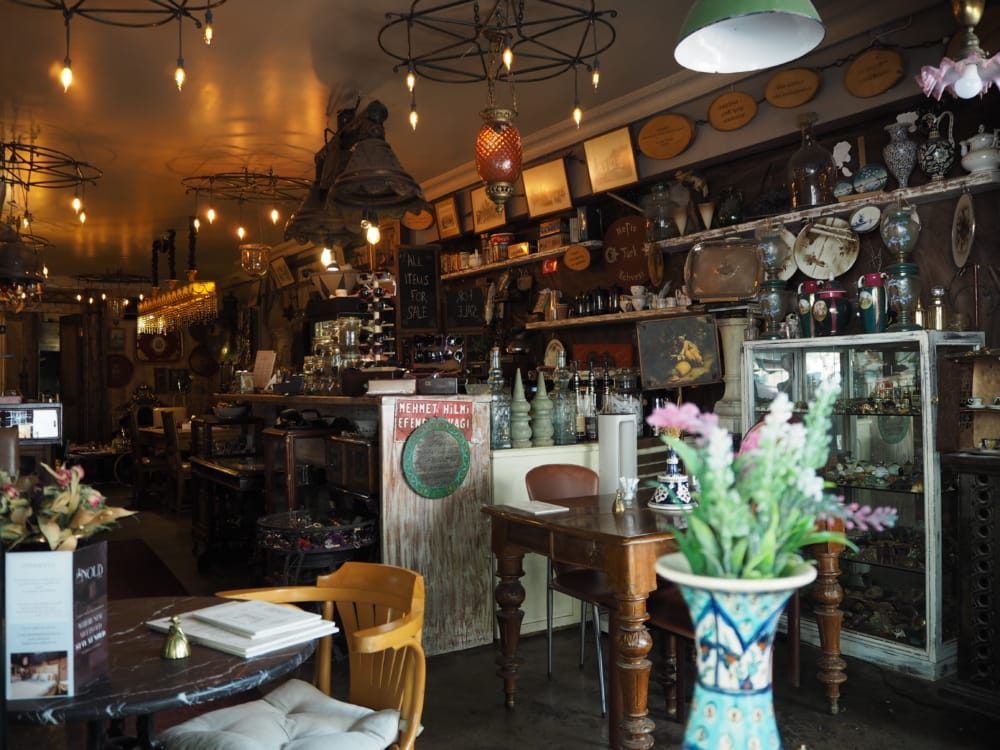
a third-generation antique business. We know because a guy got off his scooter, said hi and before we had time to think what’s he selling, he introduced himself as the proprietor of said cafe and business, Cartel, who had lived 14 years in Auckland, loved Waiheke, but moved back and now lived in the Asian part.
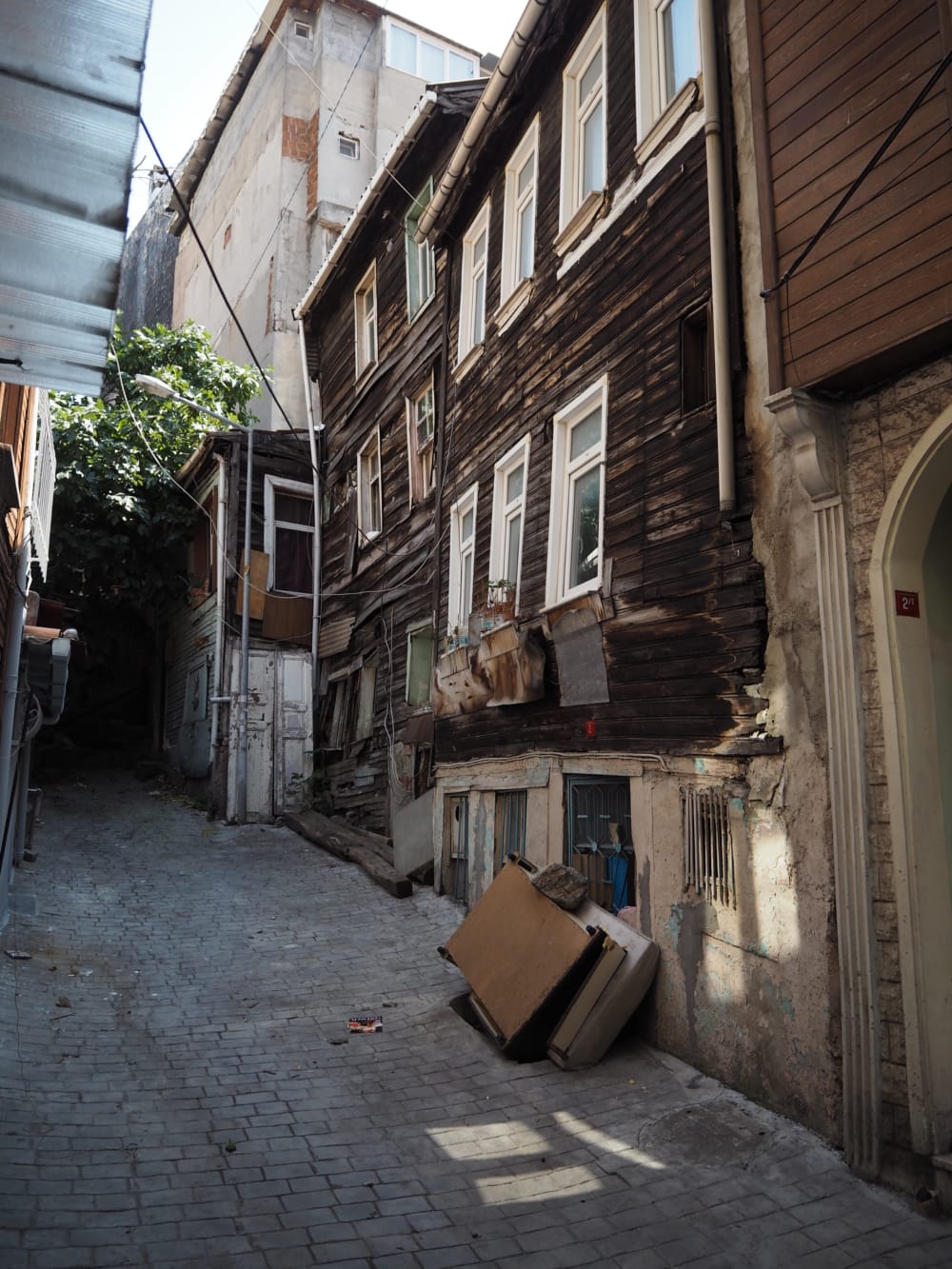
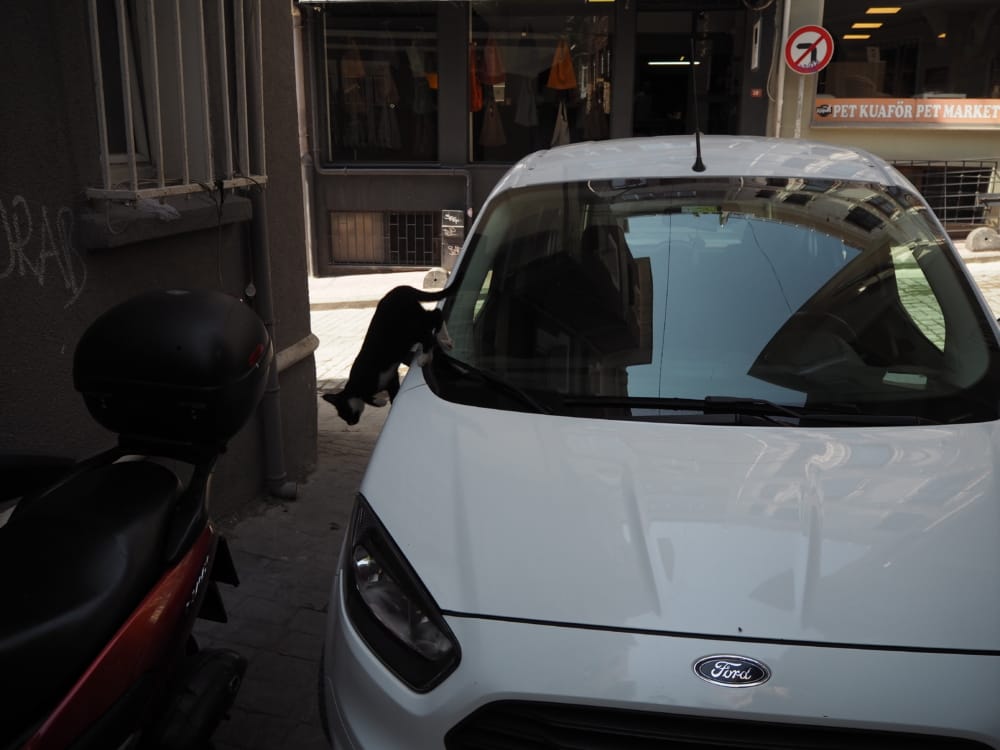
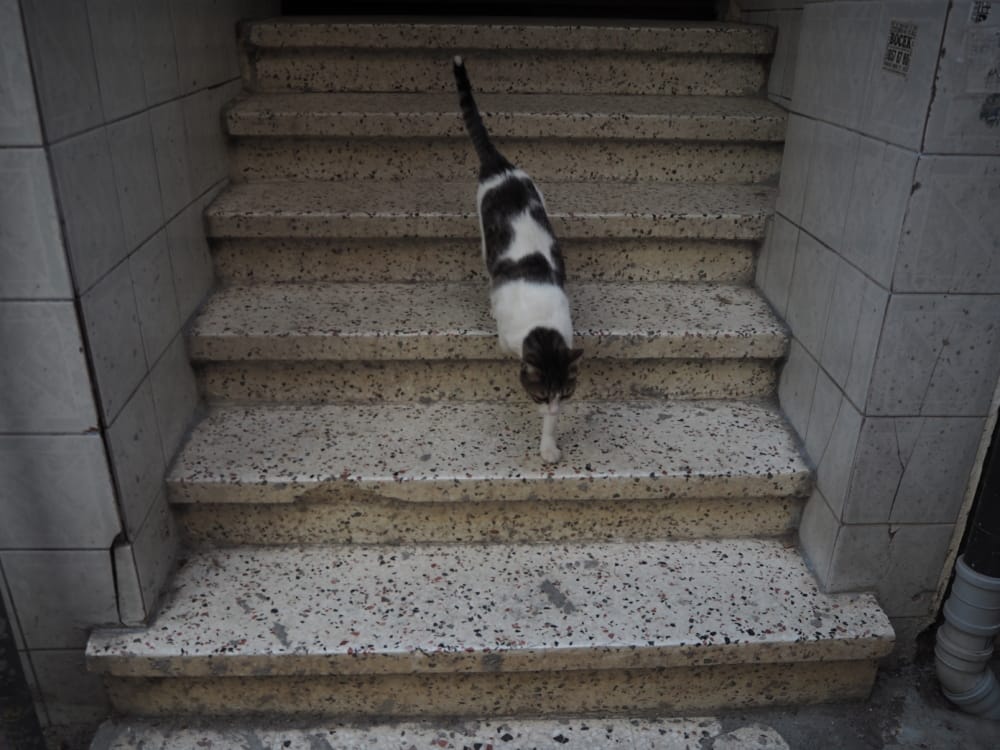
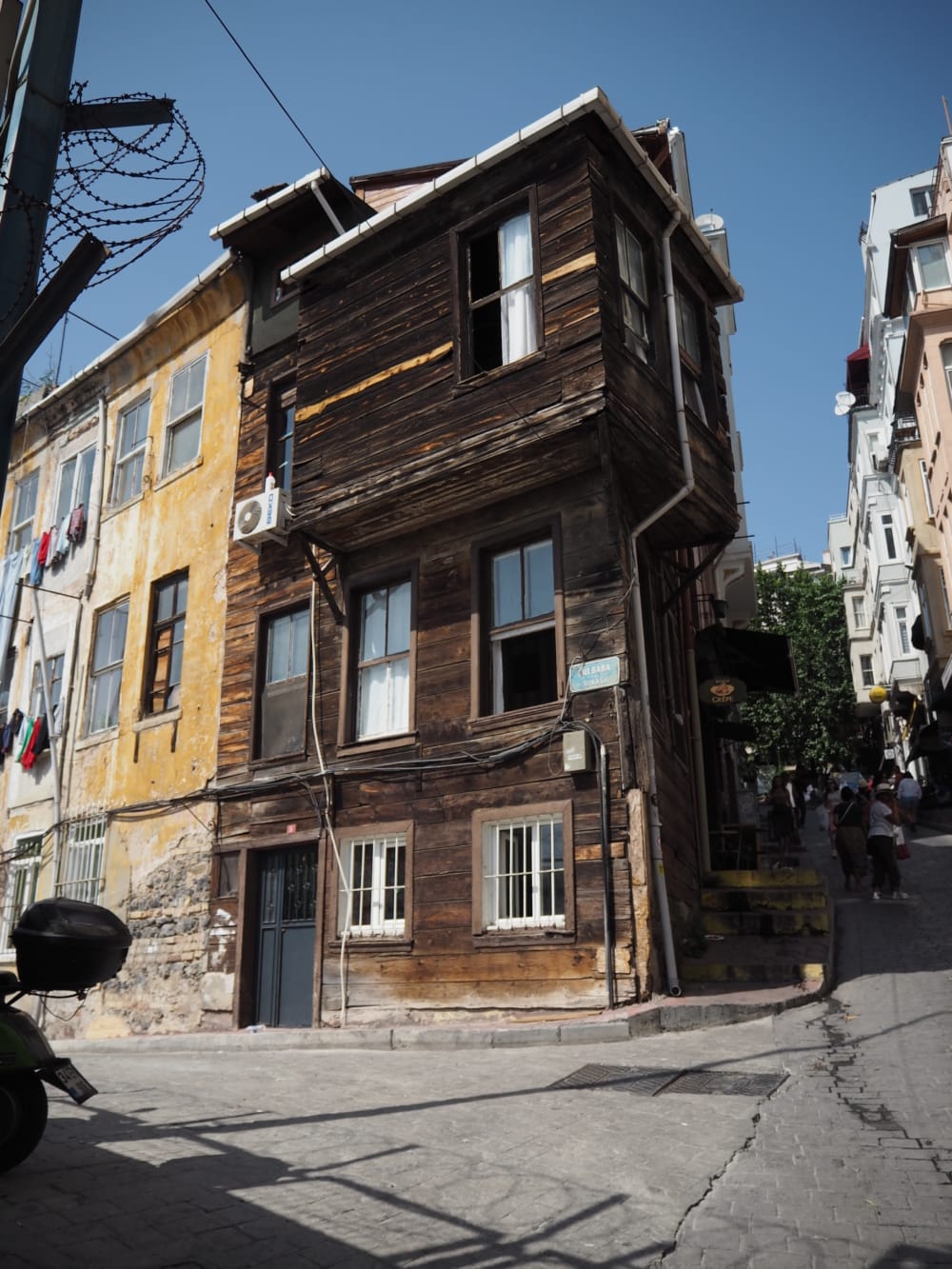
The road we had come up, which we now continued on,
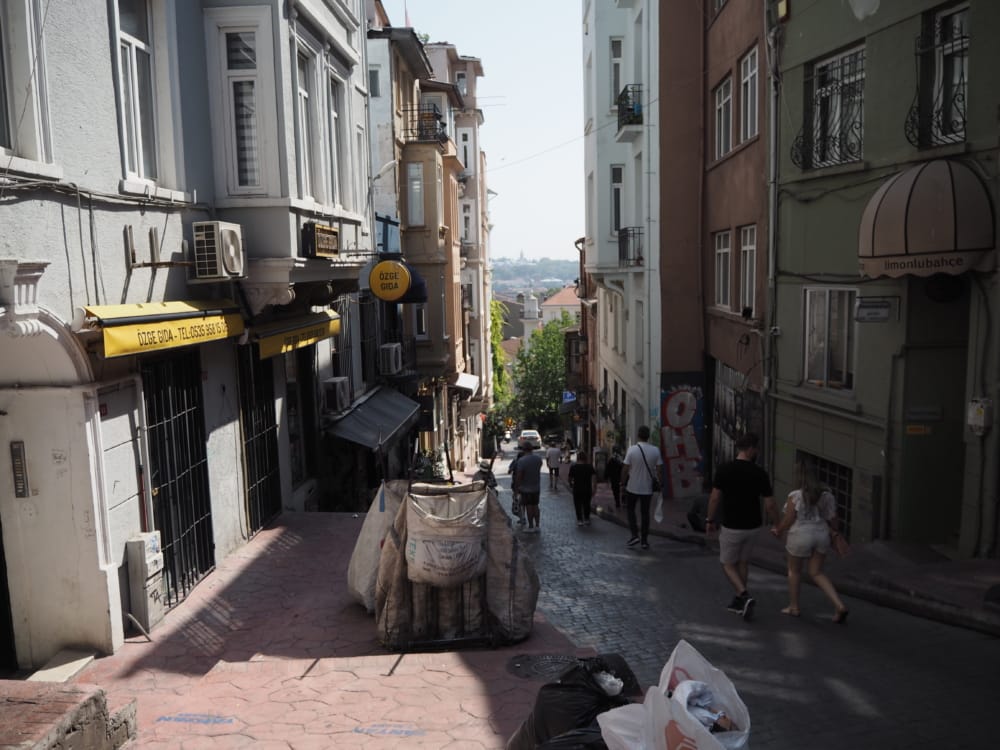
popping up here,
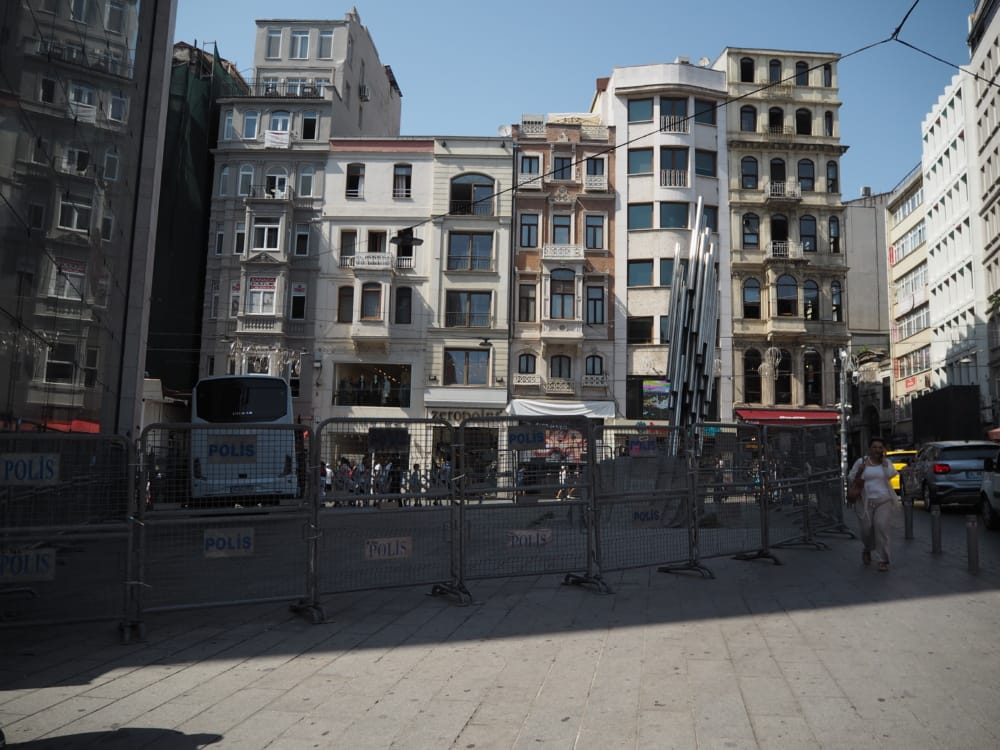
at the familiar memorial to 1923 … cordoned off but not guarded now by police with semi-automatics as it was before.
Back down again we went, off Galata hill …
… a blind date with a book …
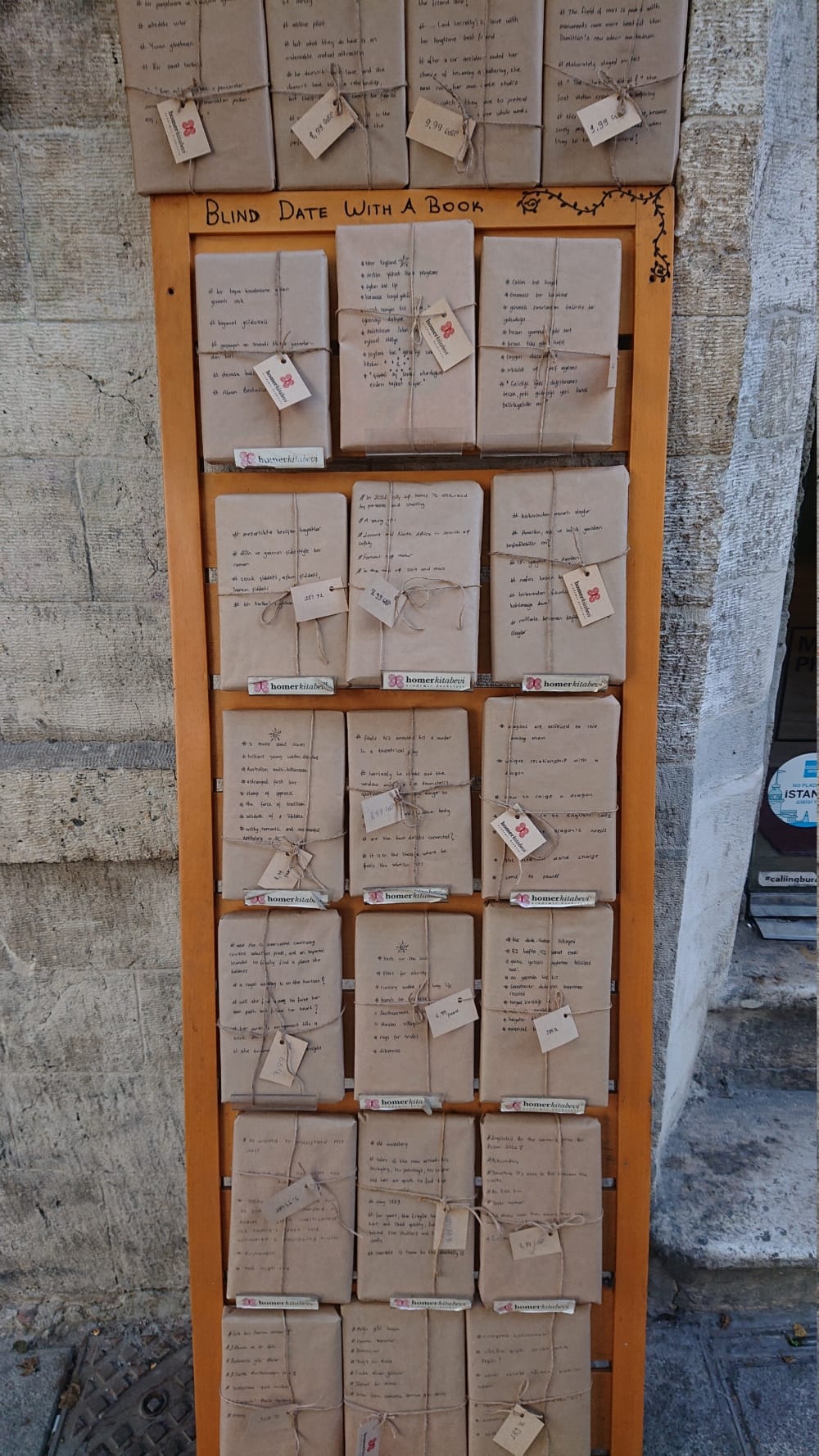
and other excitements,
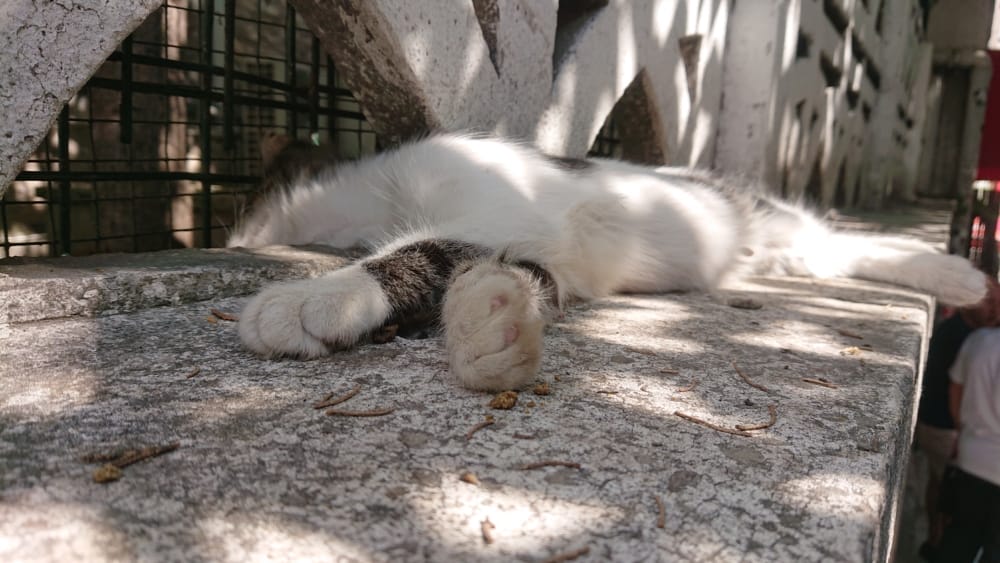
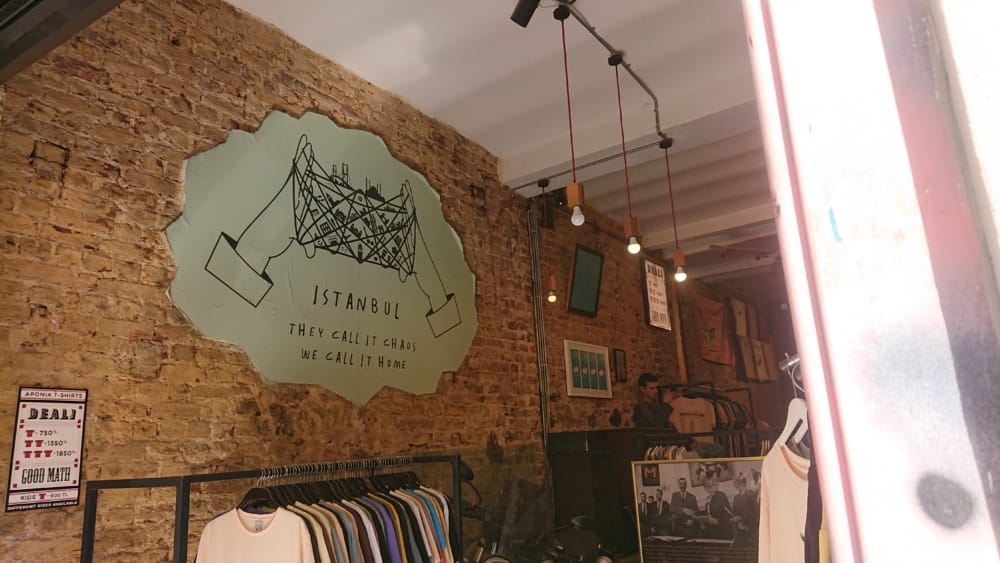
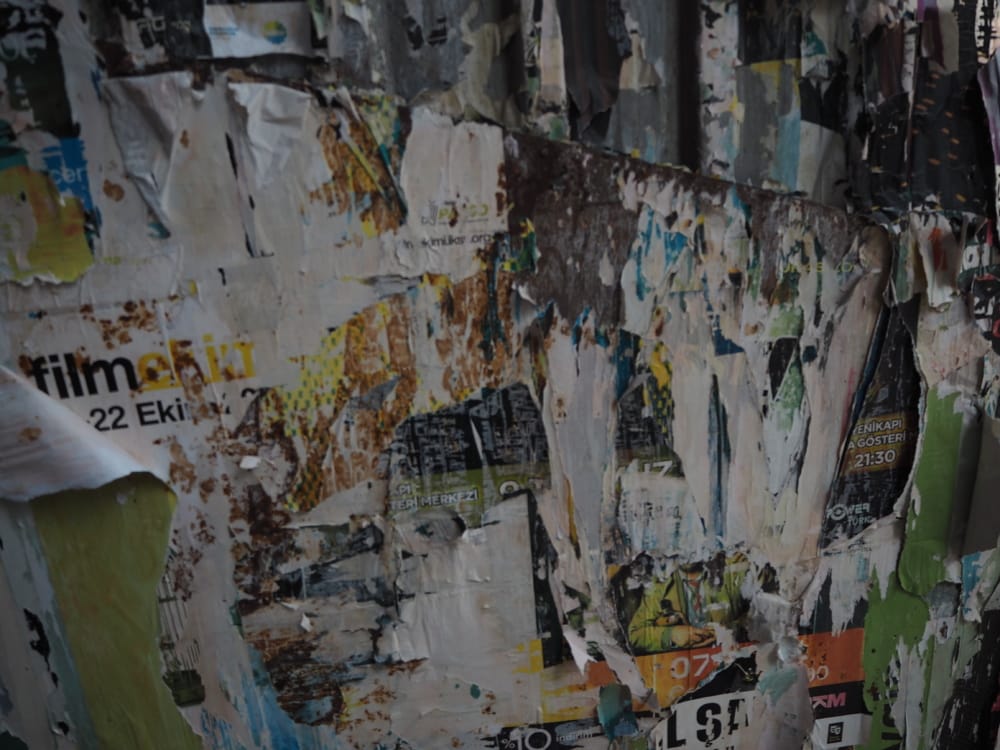
(to correspond with a similar shot in Hong Kong)
and under the Galata Bridge,
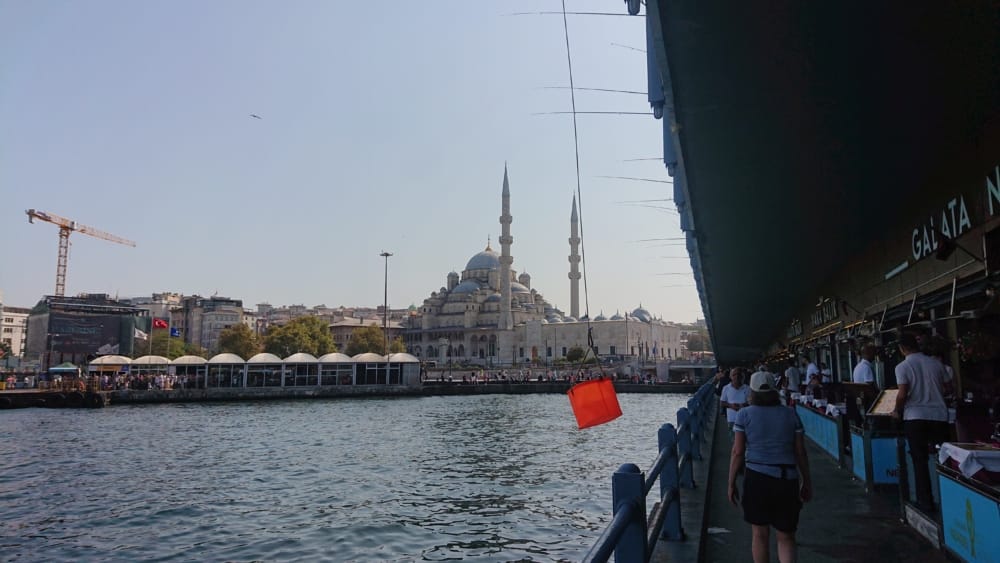
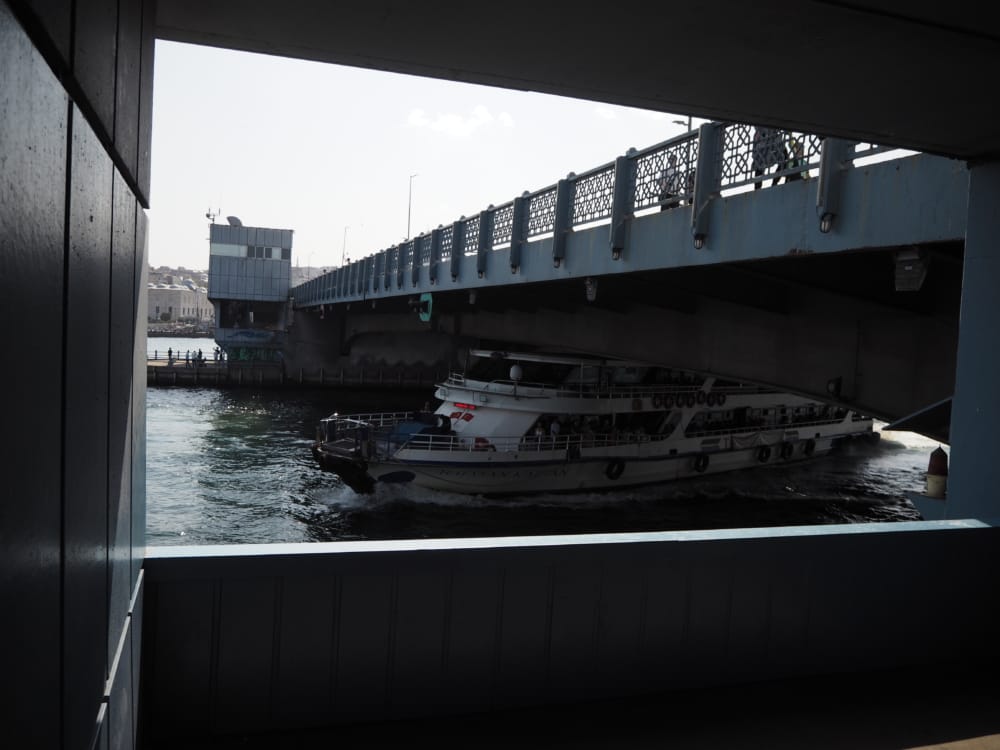
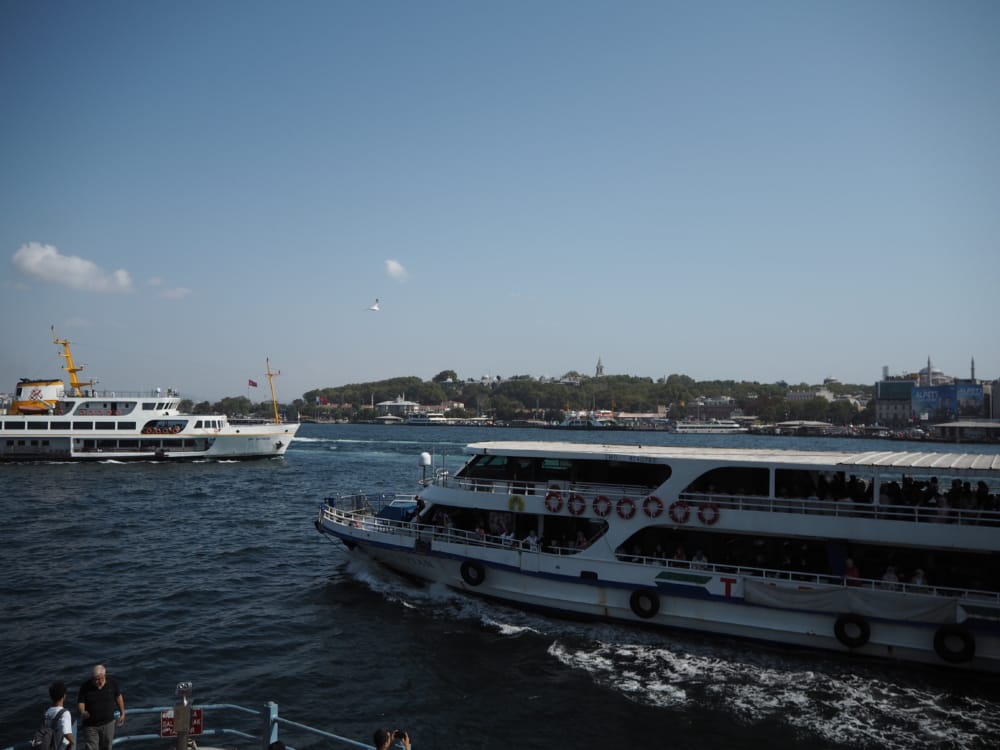
thinking of the young Orhan Pamuk who could recognise each boat on the Bosphorus by the sound of its horn.
We were headed for the ticket offices, to buy tickets for yarin, tomorrow’s ferry to Bursa. Accomplished, we queued for the Cistern Basilica, Yerebatan Sarnıcı, TK1800 for two. For a hole in the ground that up until 100 years earlier was a place to dump bodies and other rubbish.
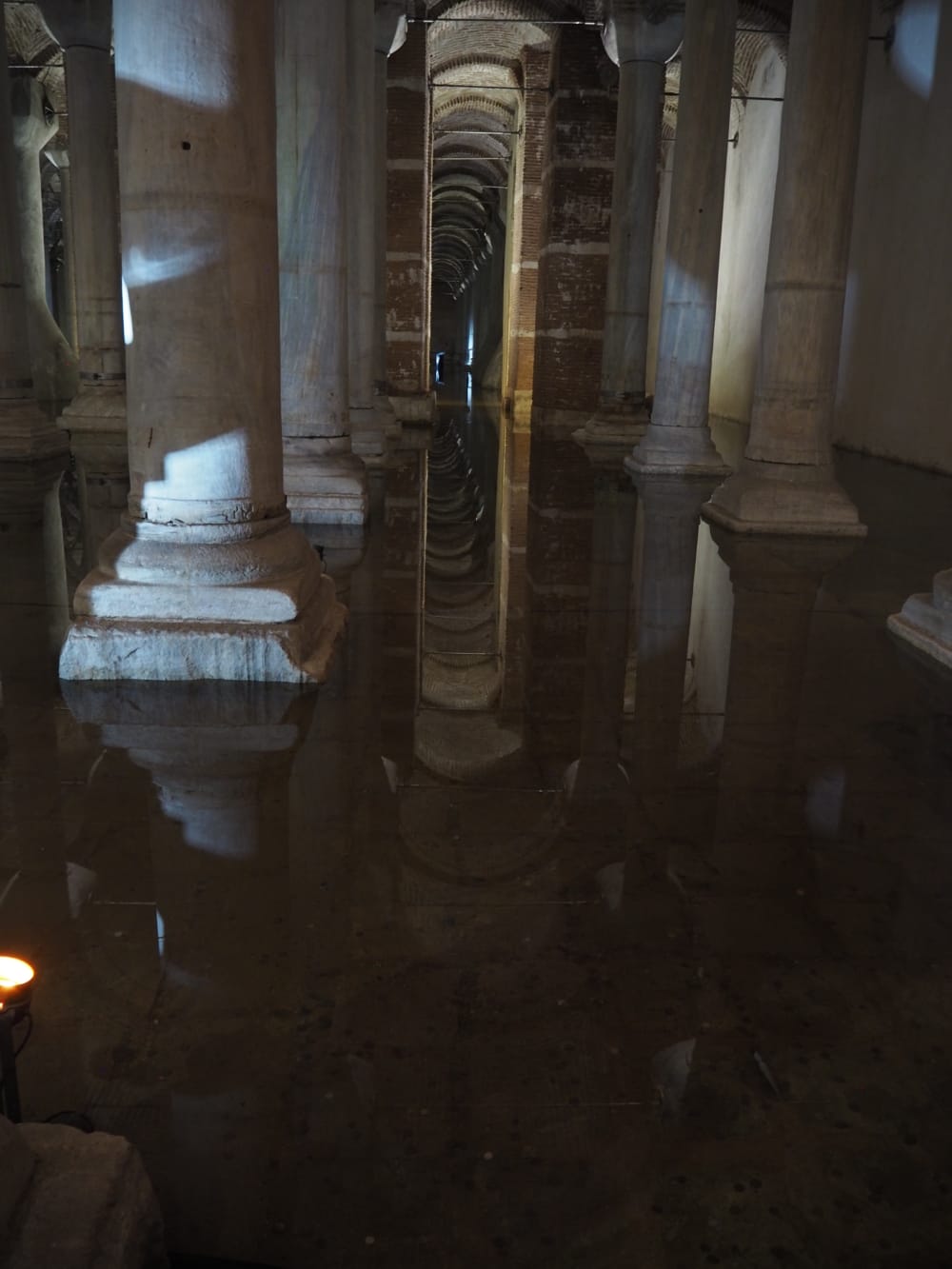
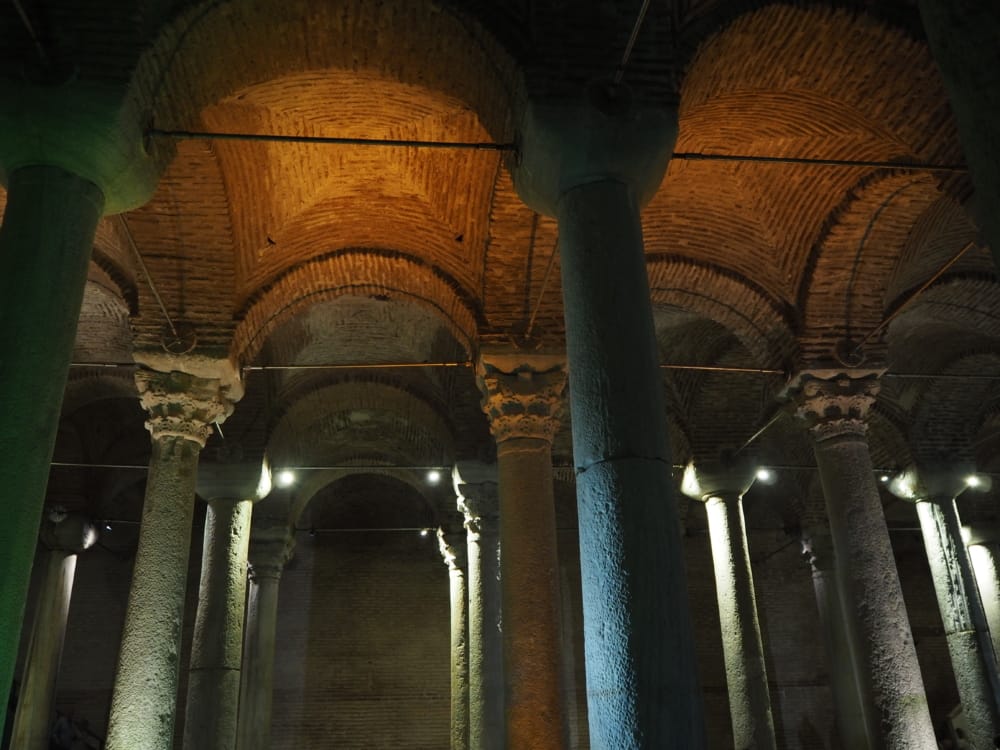
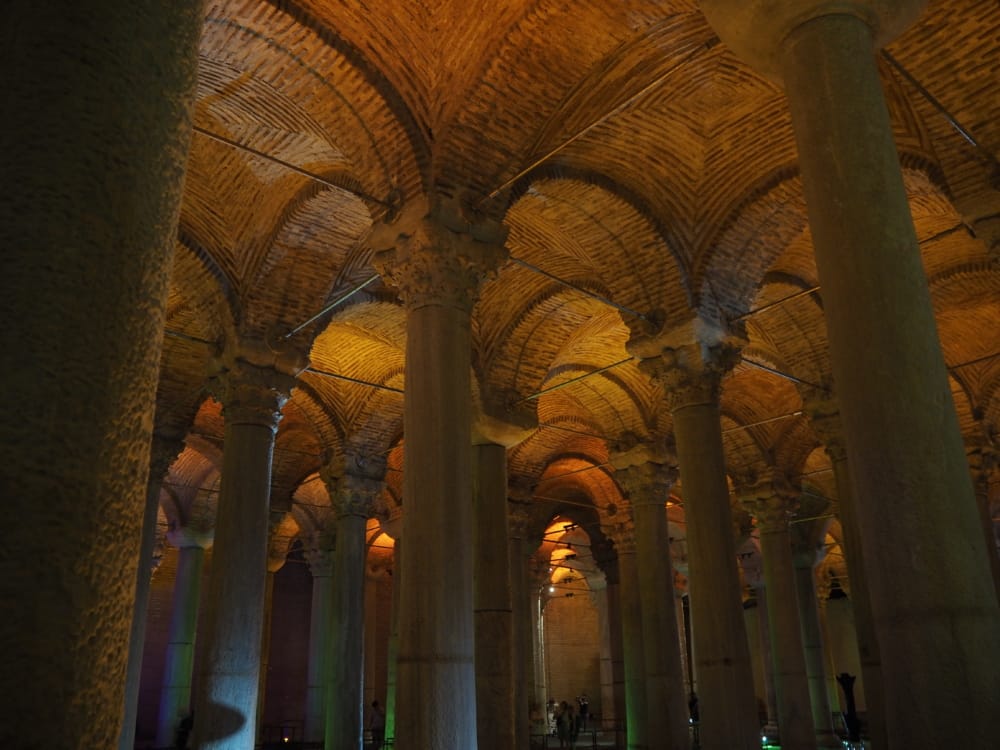
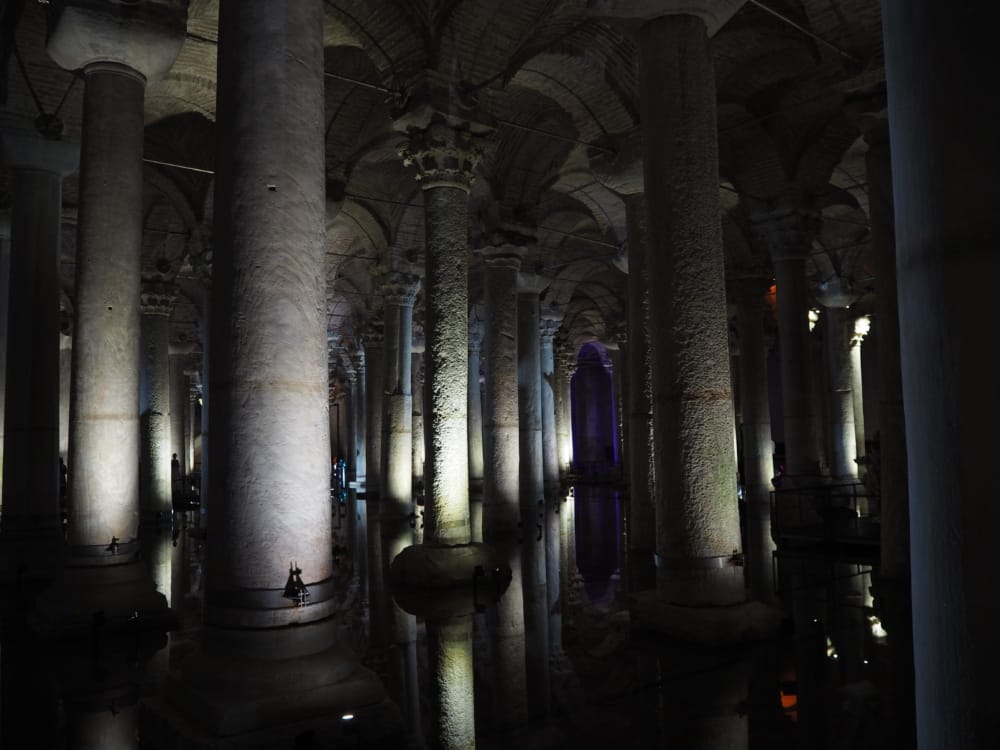
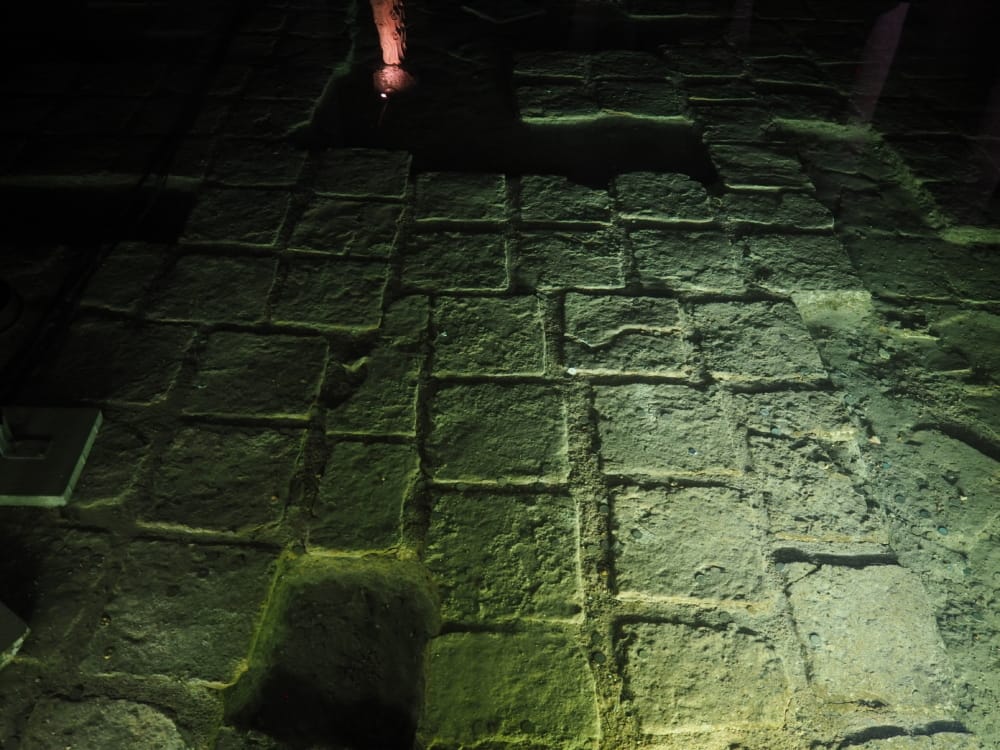
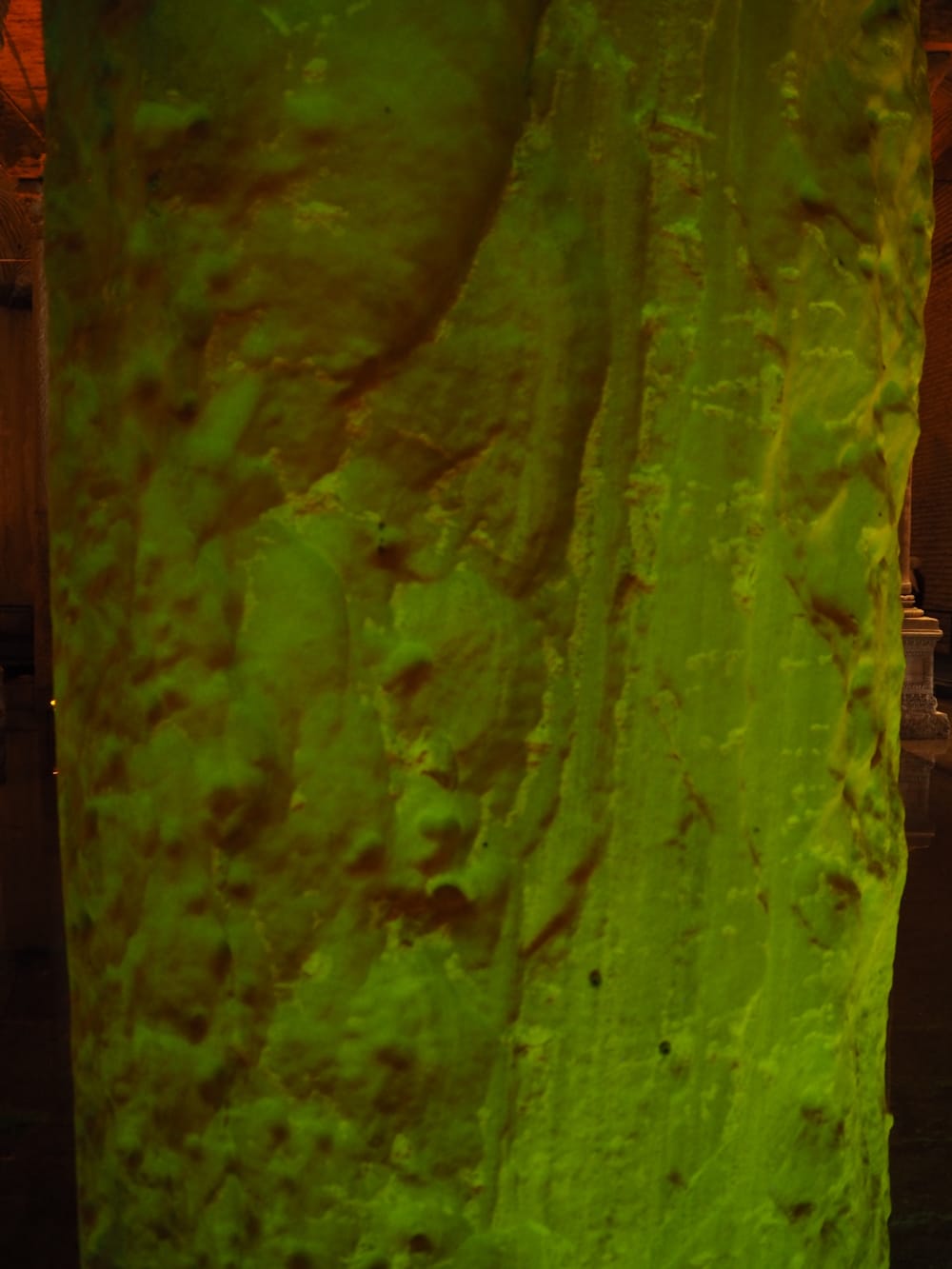
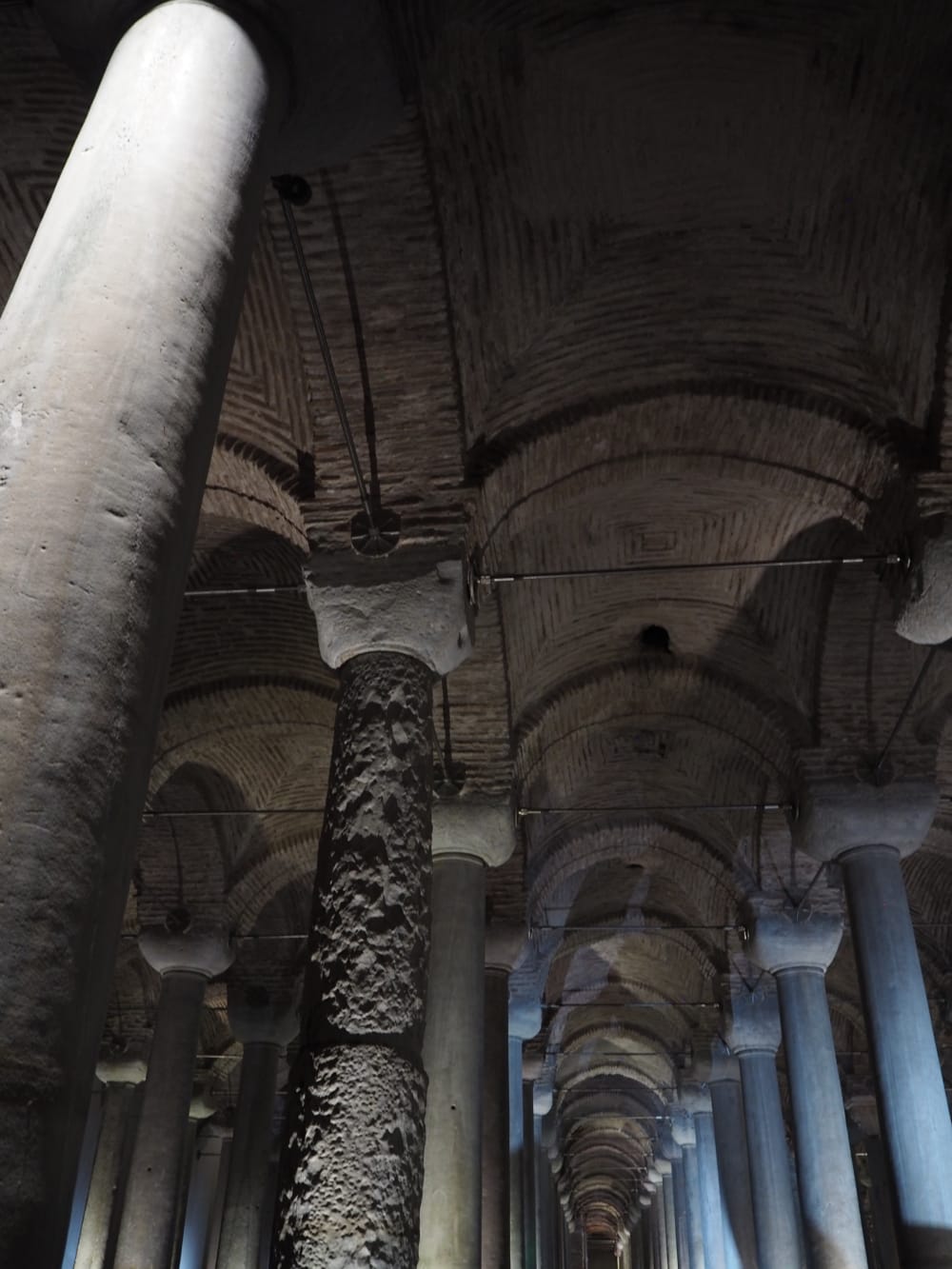
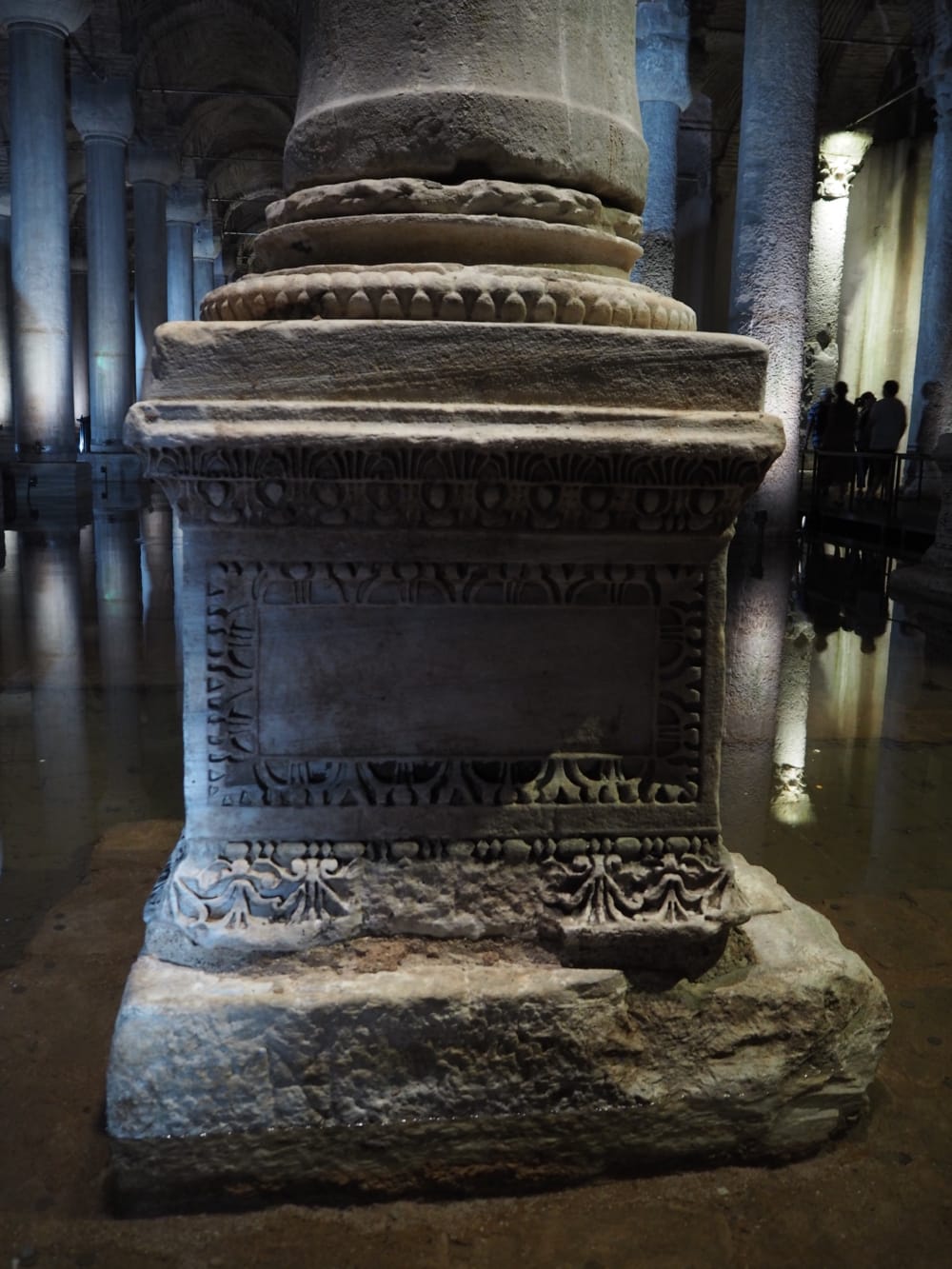
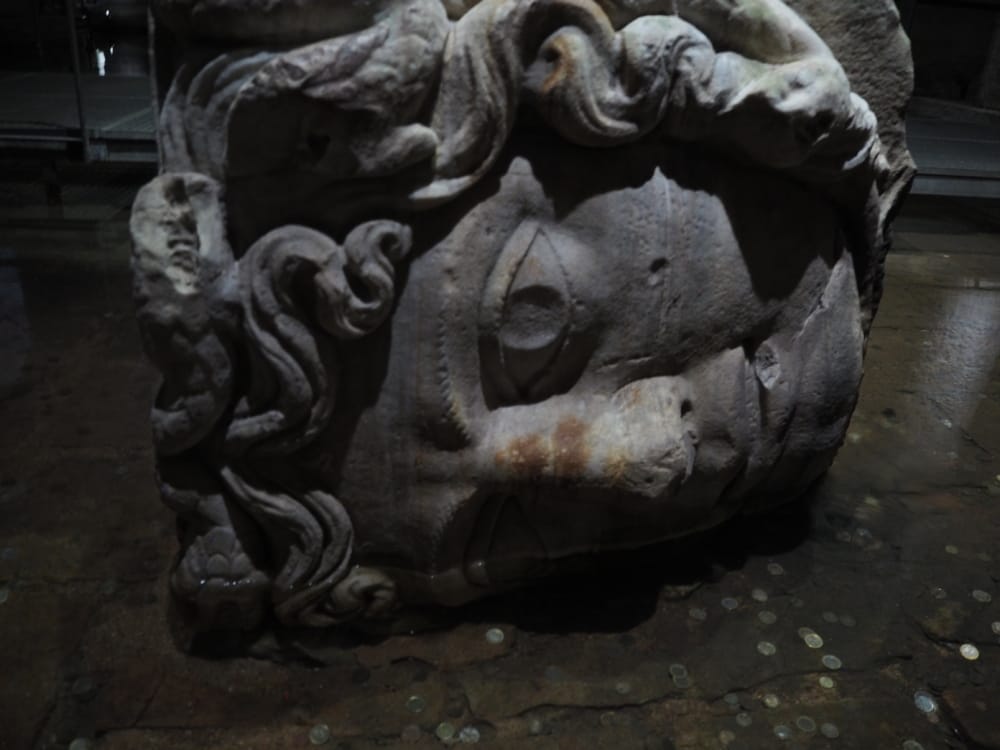
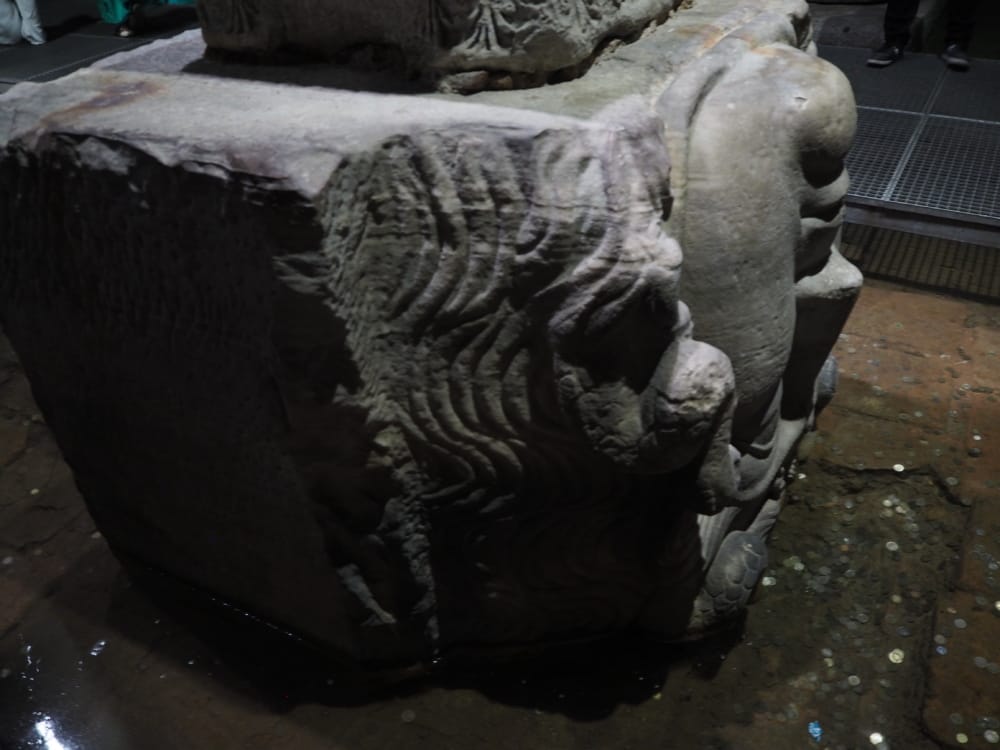
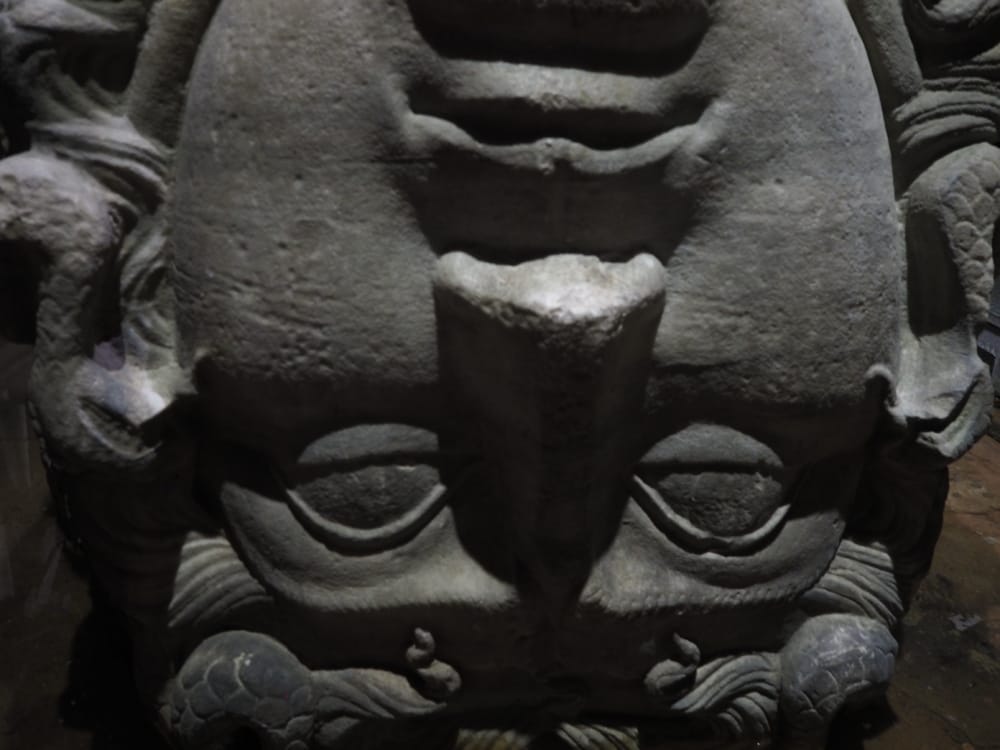
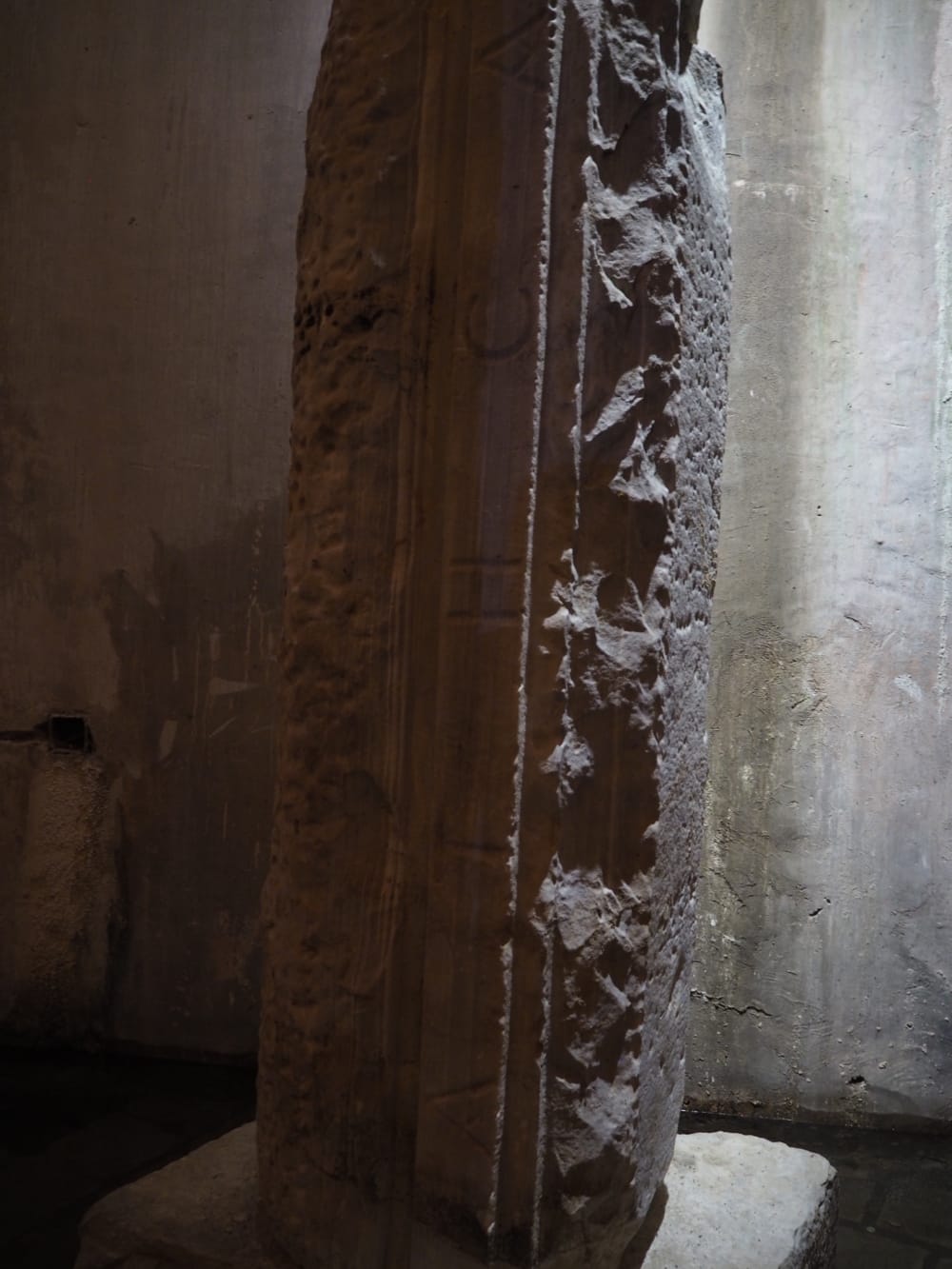
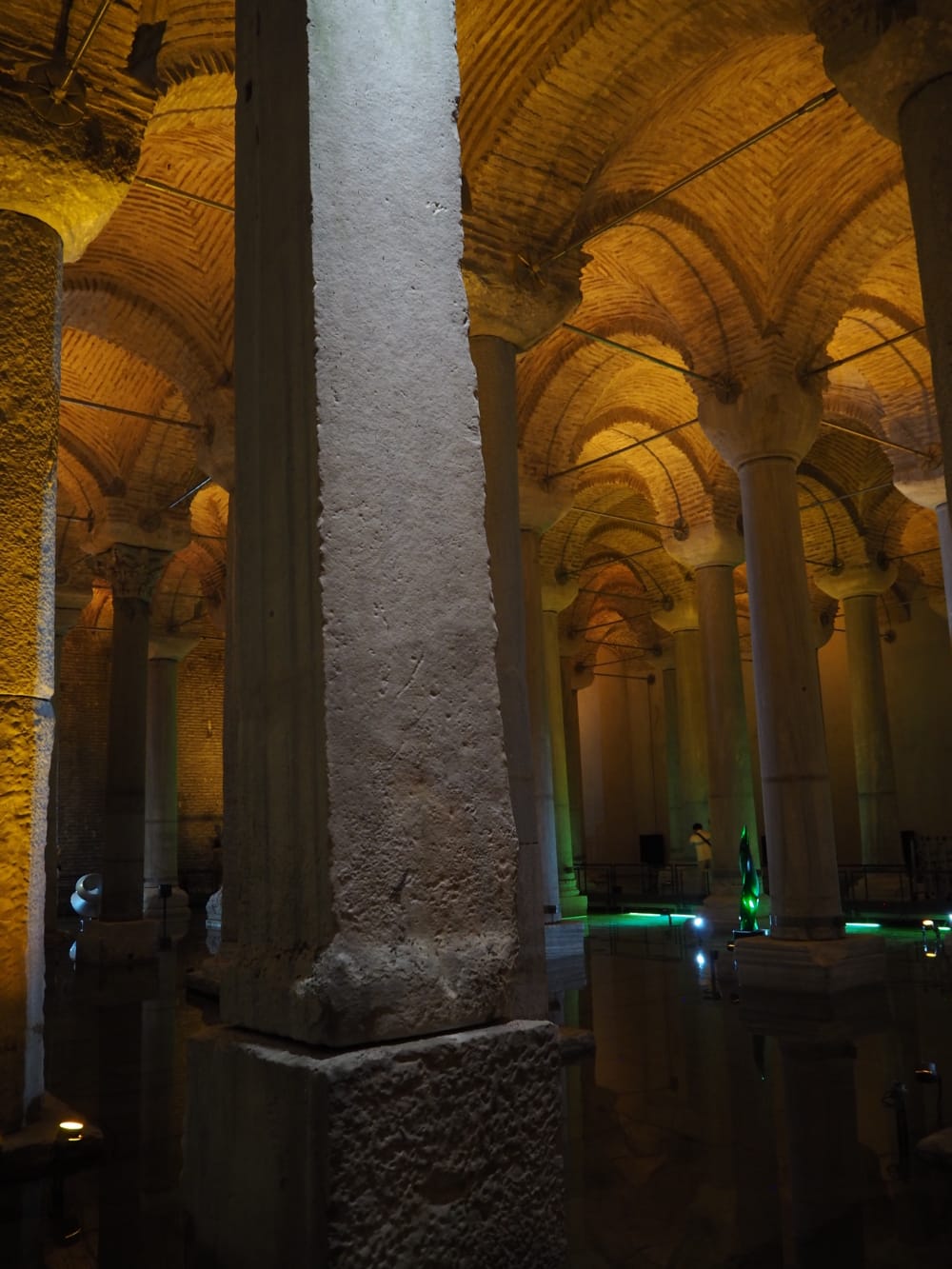
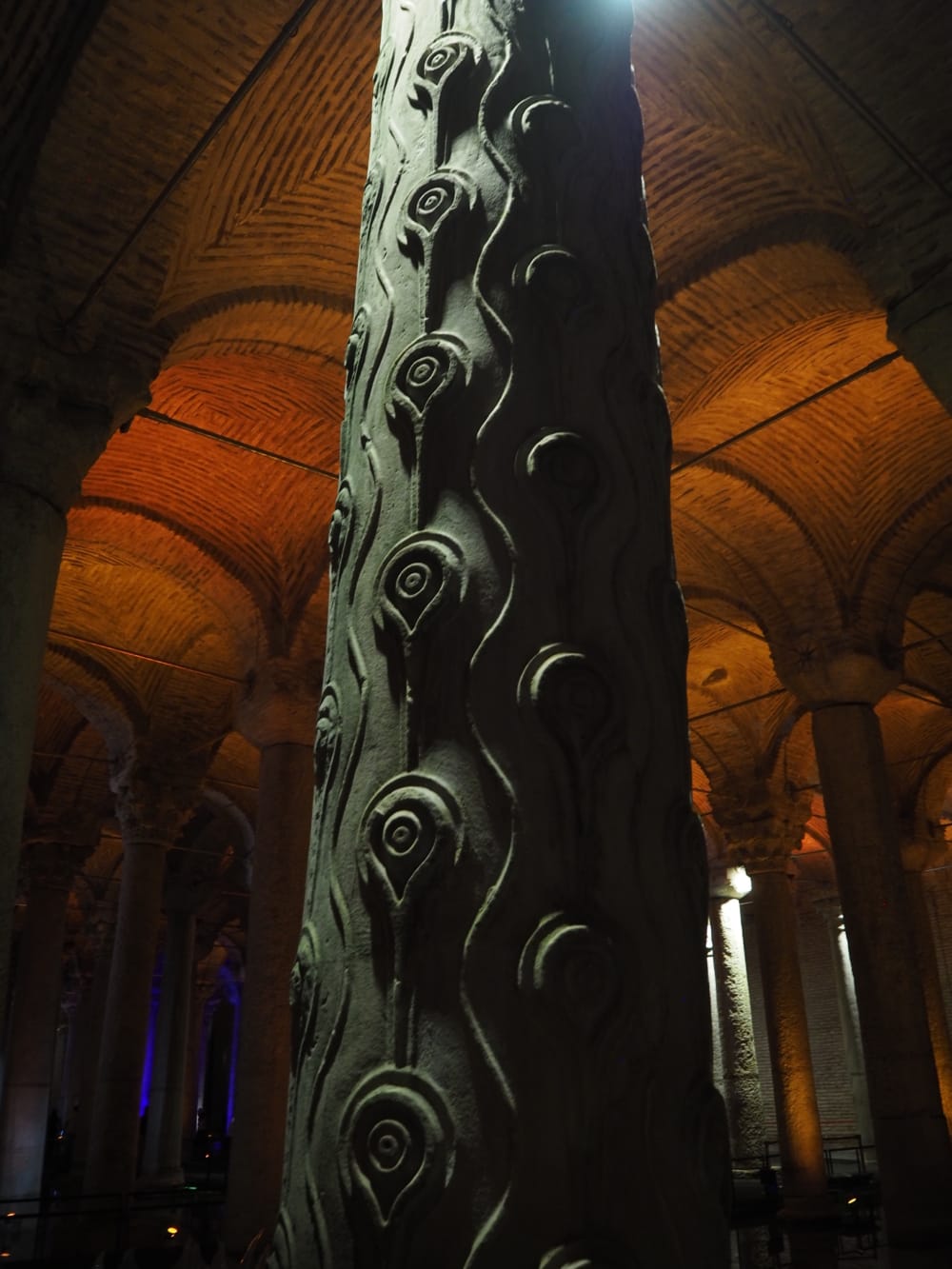
(Check this against the pattern noted on day 1 in Istanbul.)
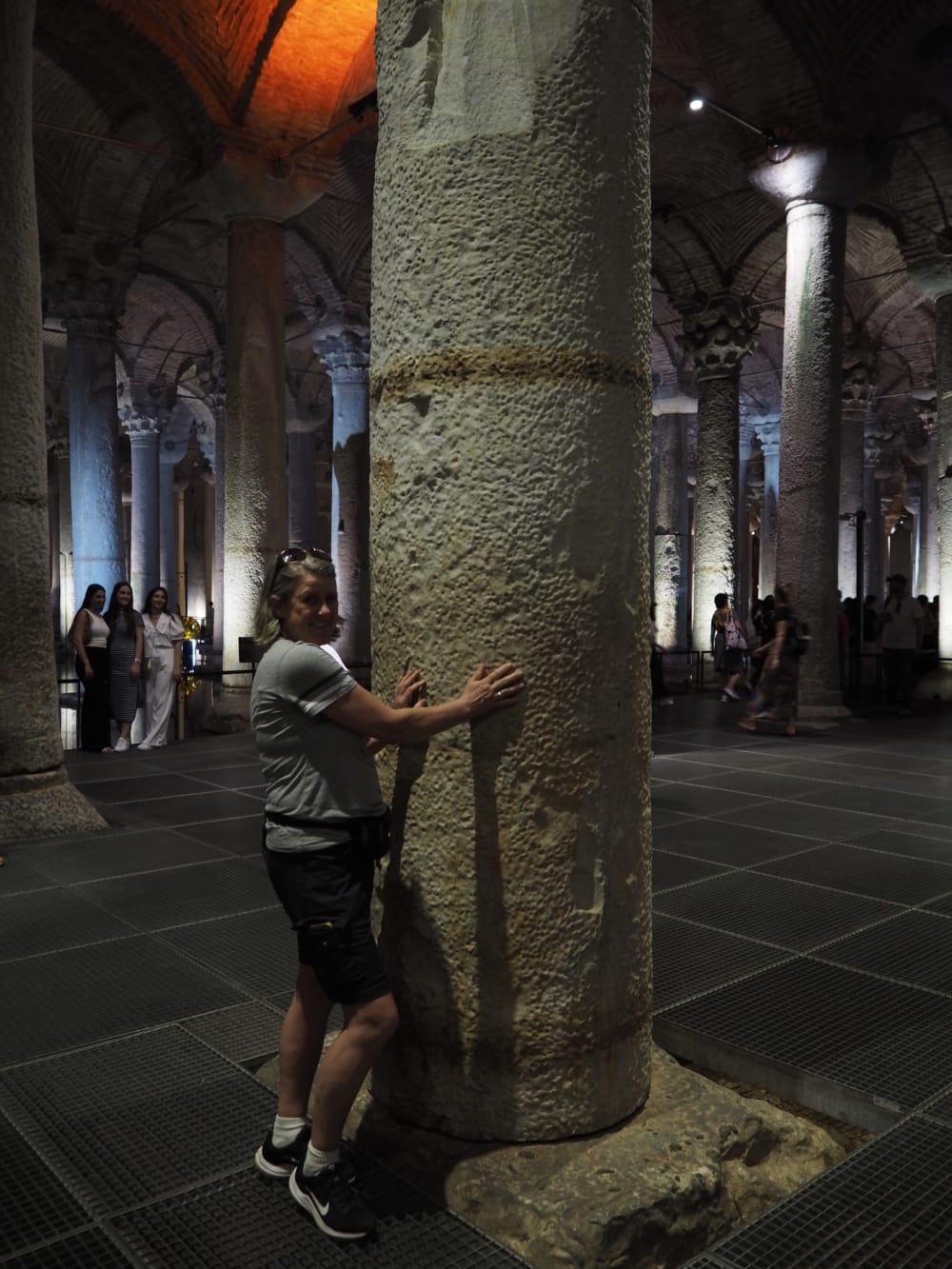
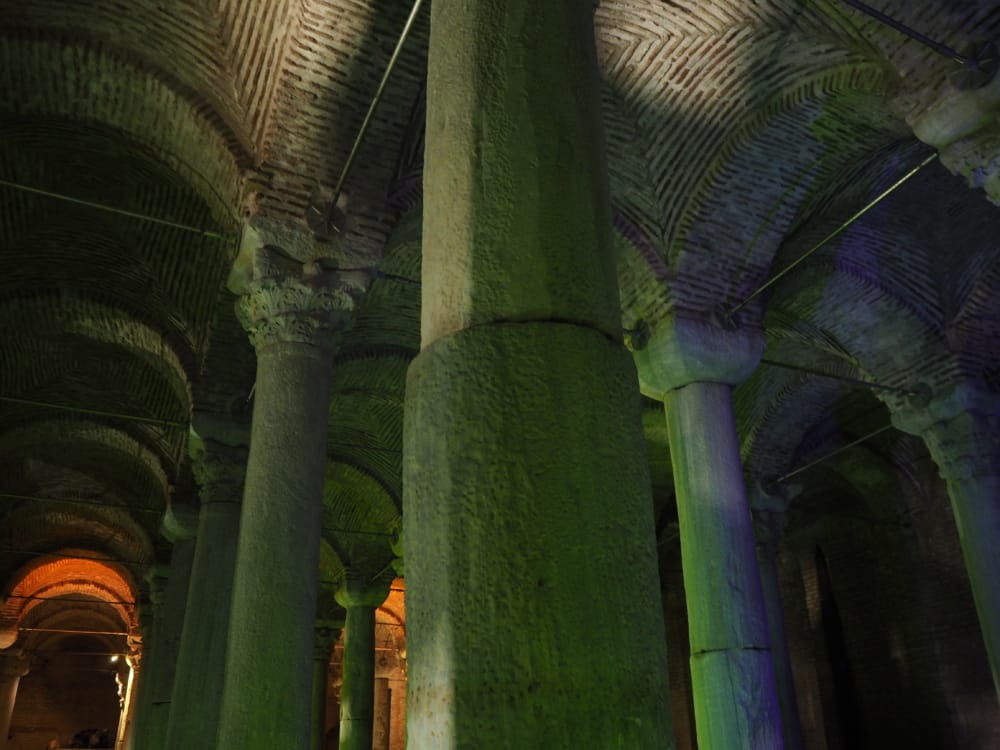
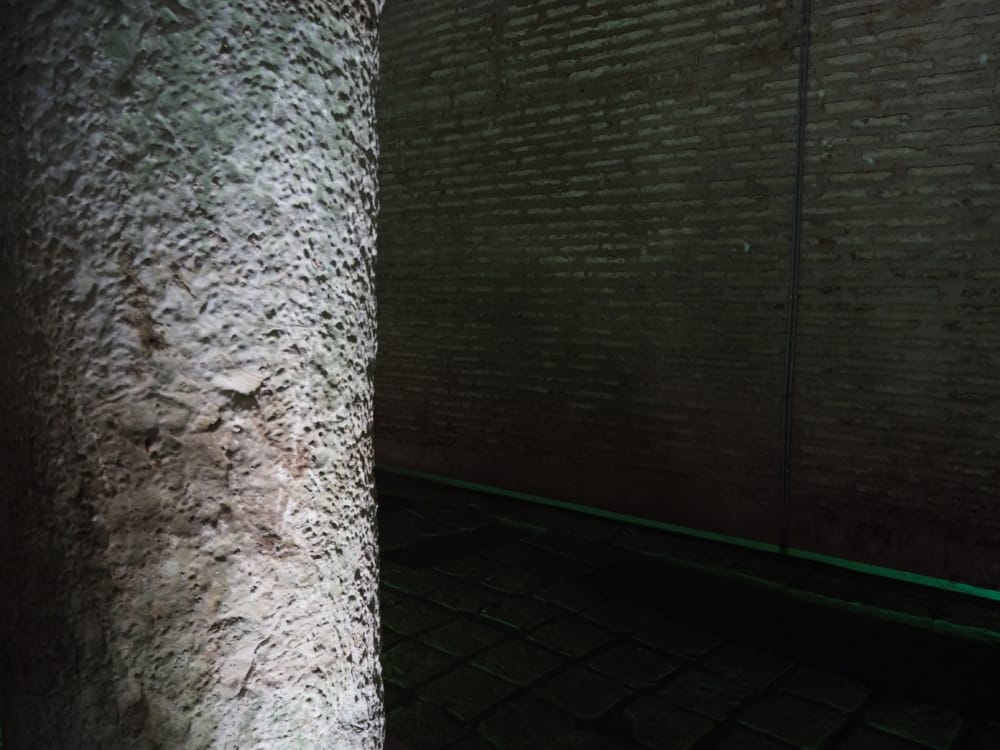
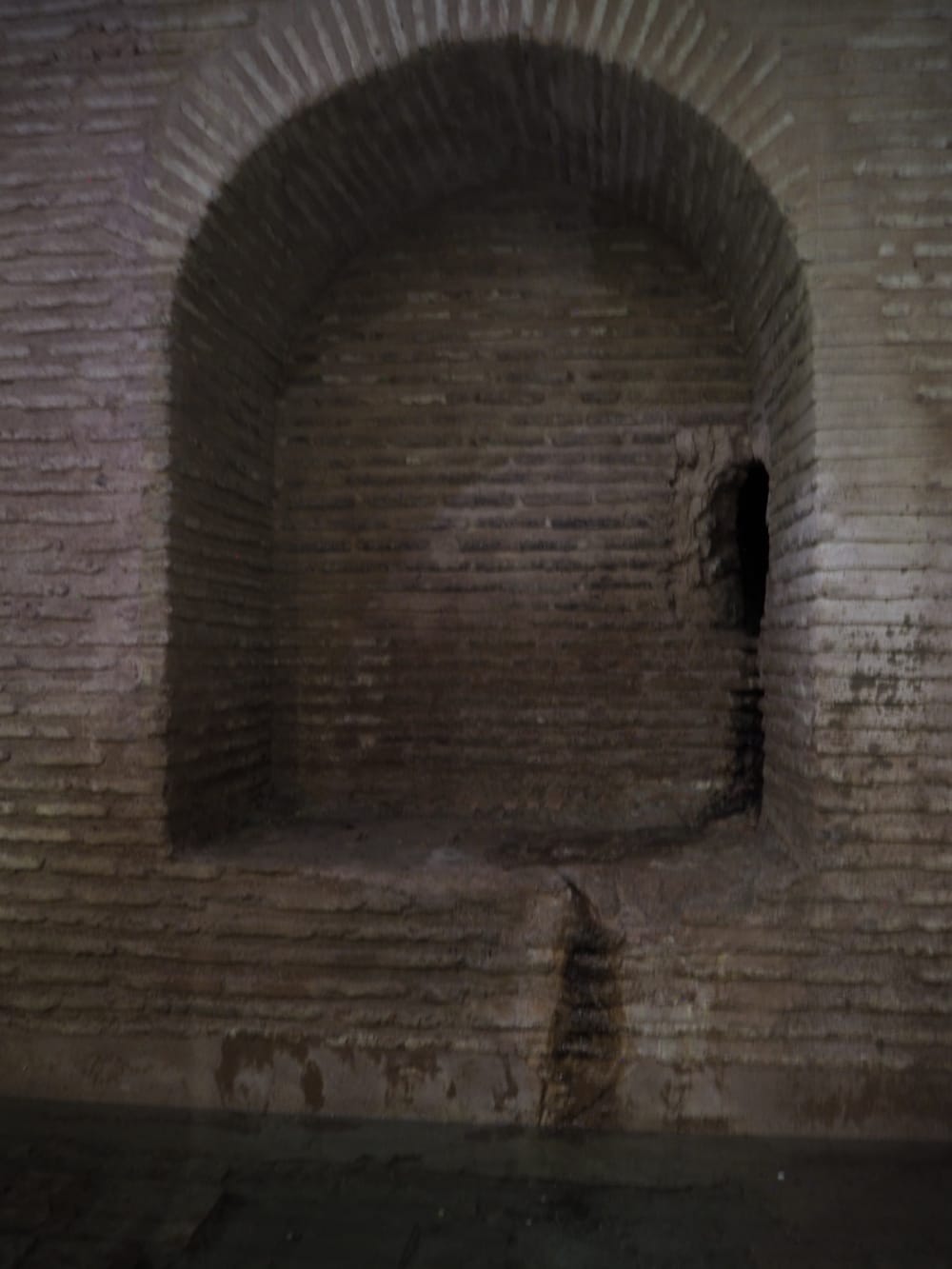
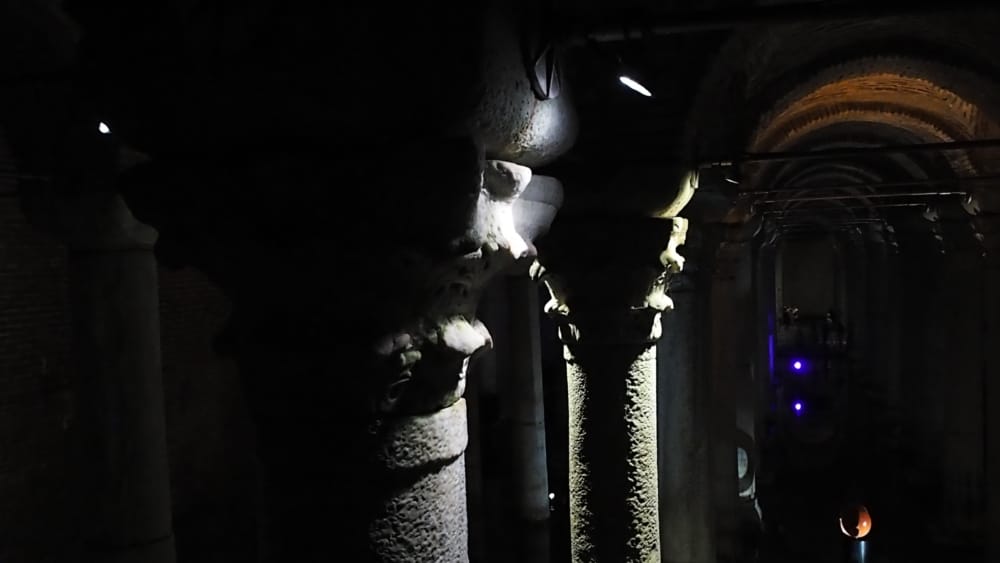
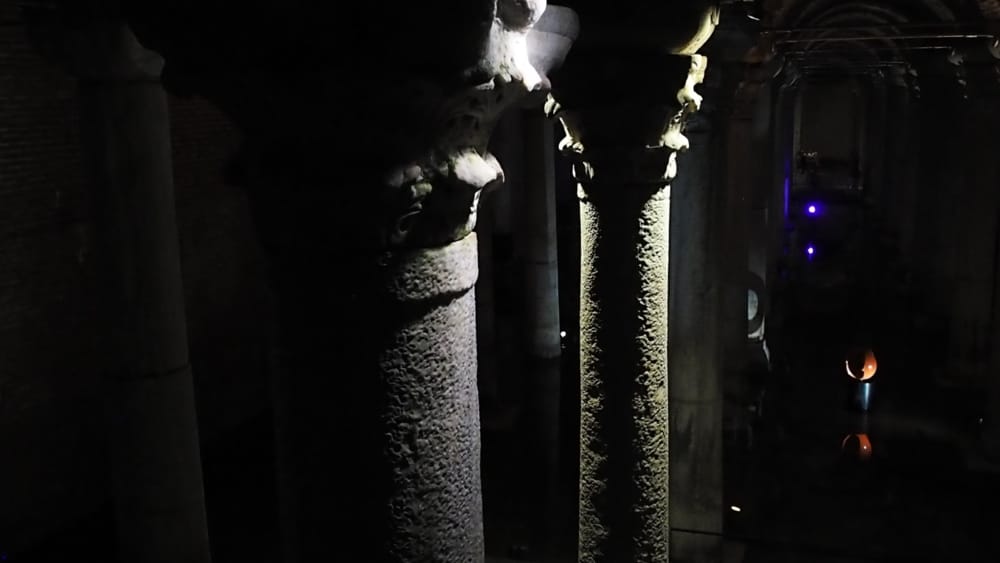
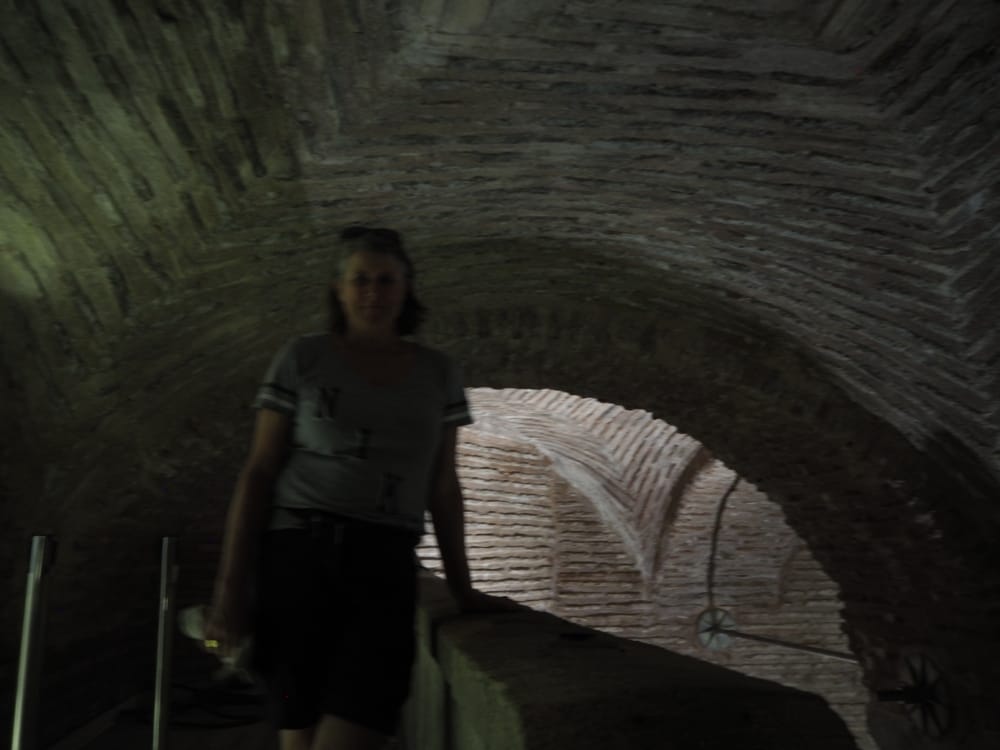
back to the hood, Fatih,
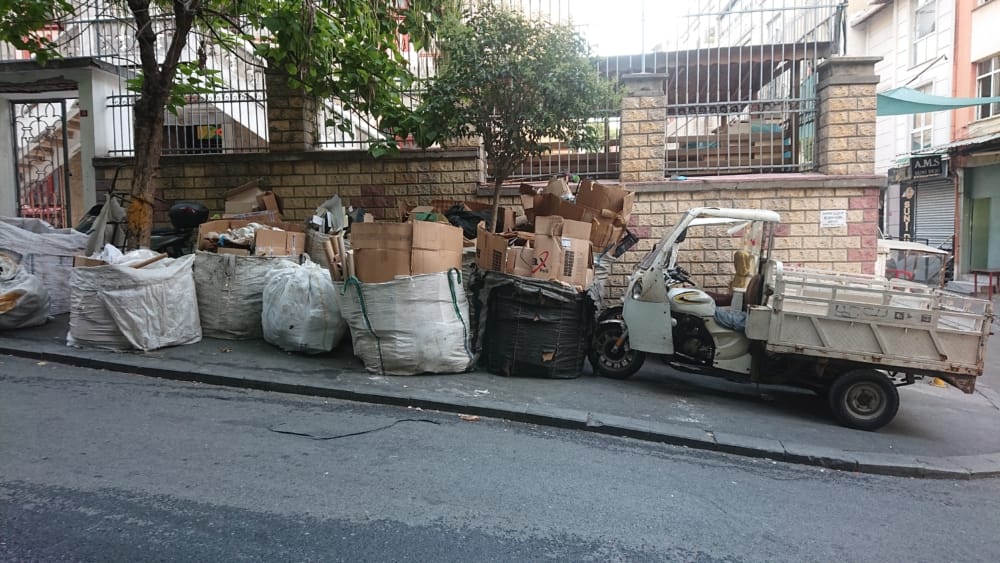
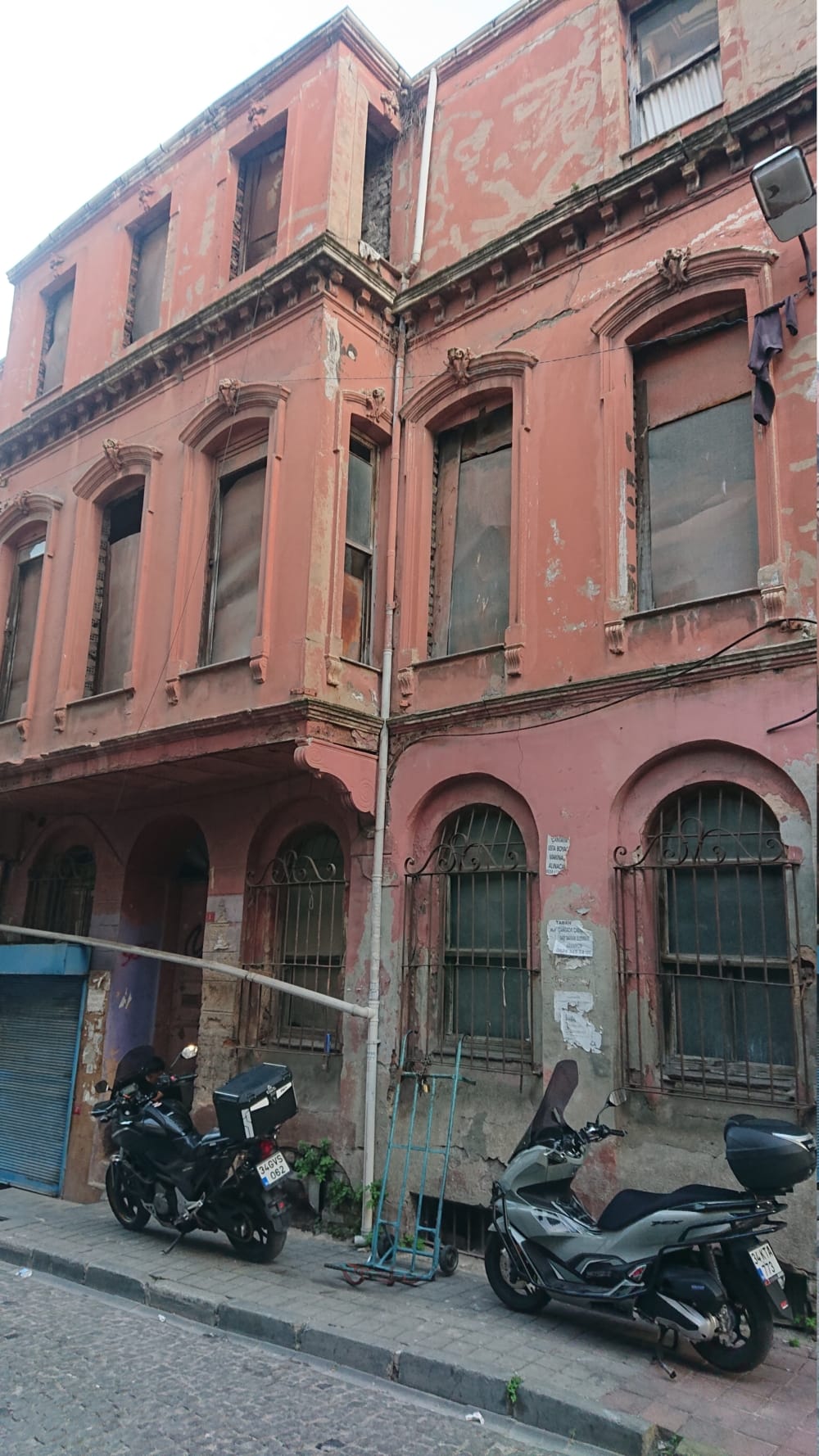
and a little lentil soup, little enough of anything, for the something that was coming on inside us.
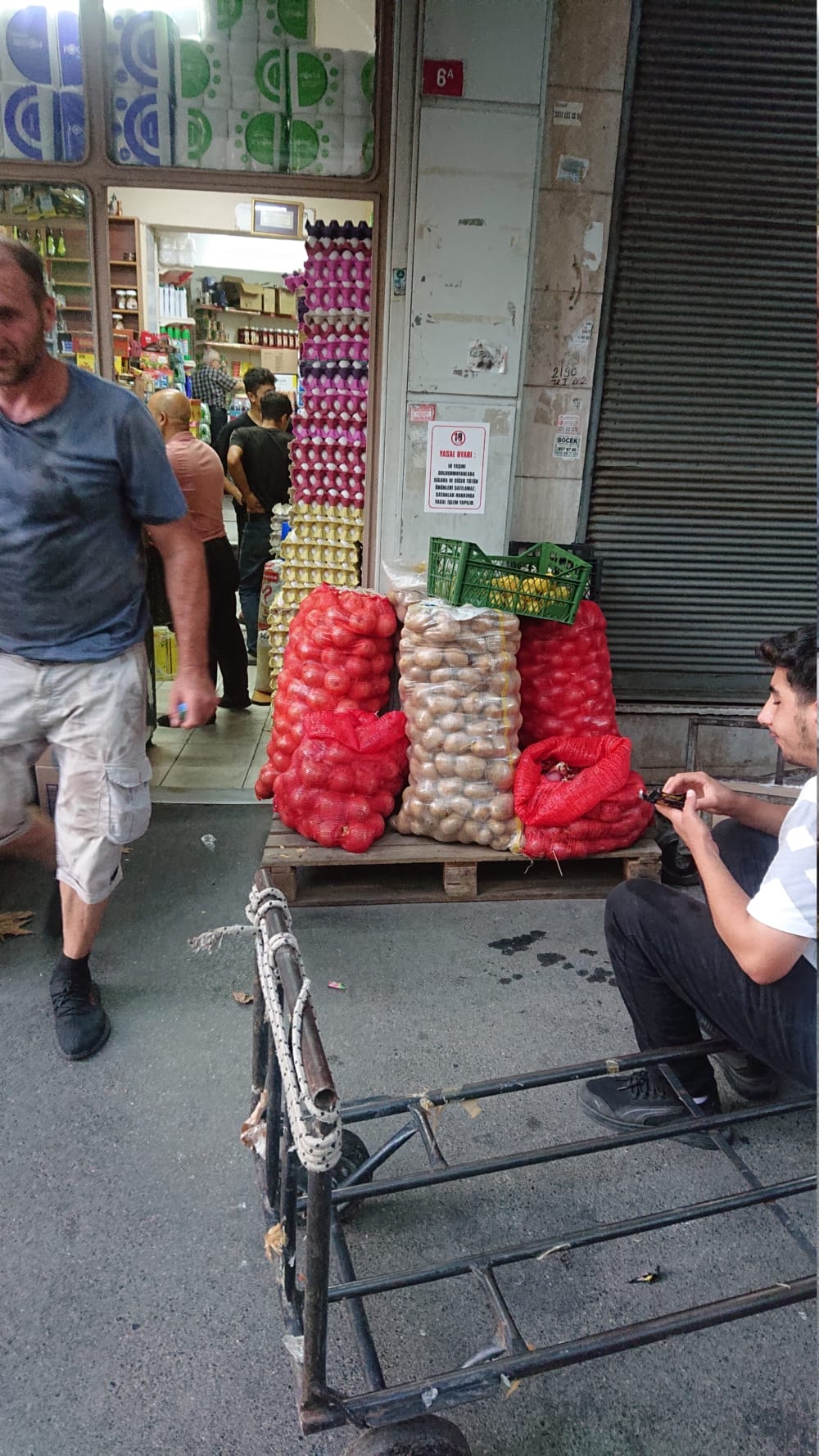
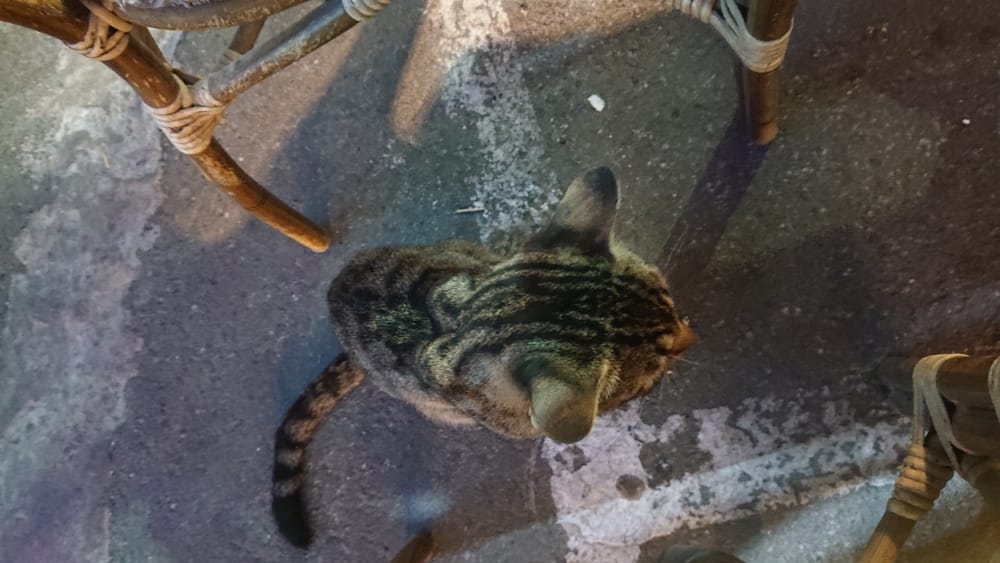
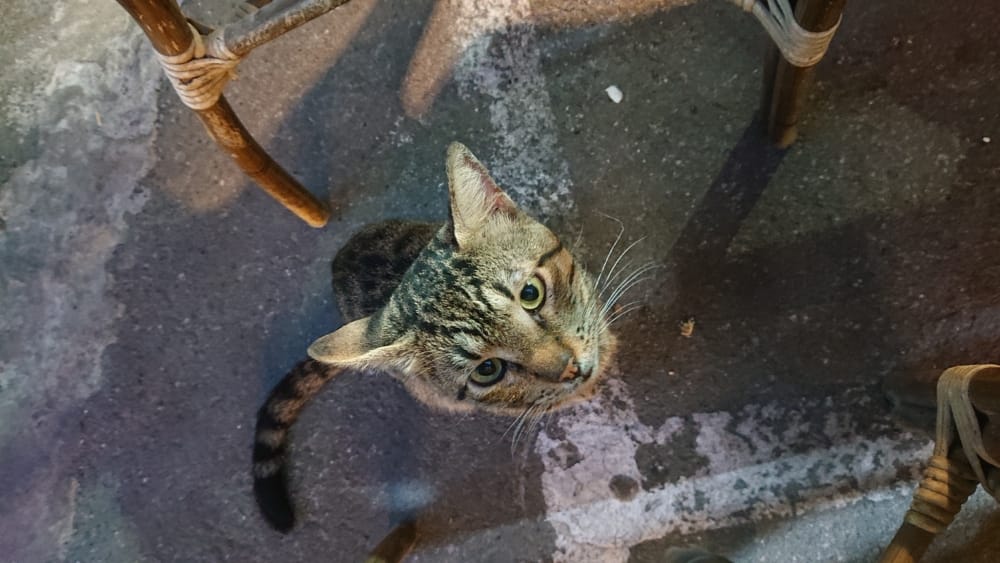
the spiral,
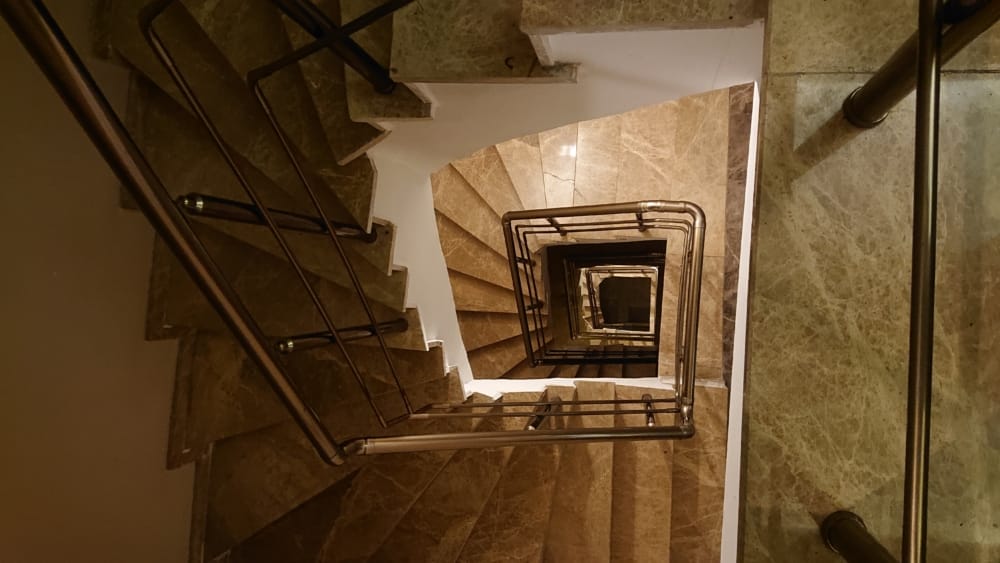
view,
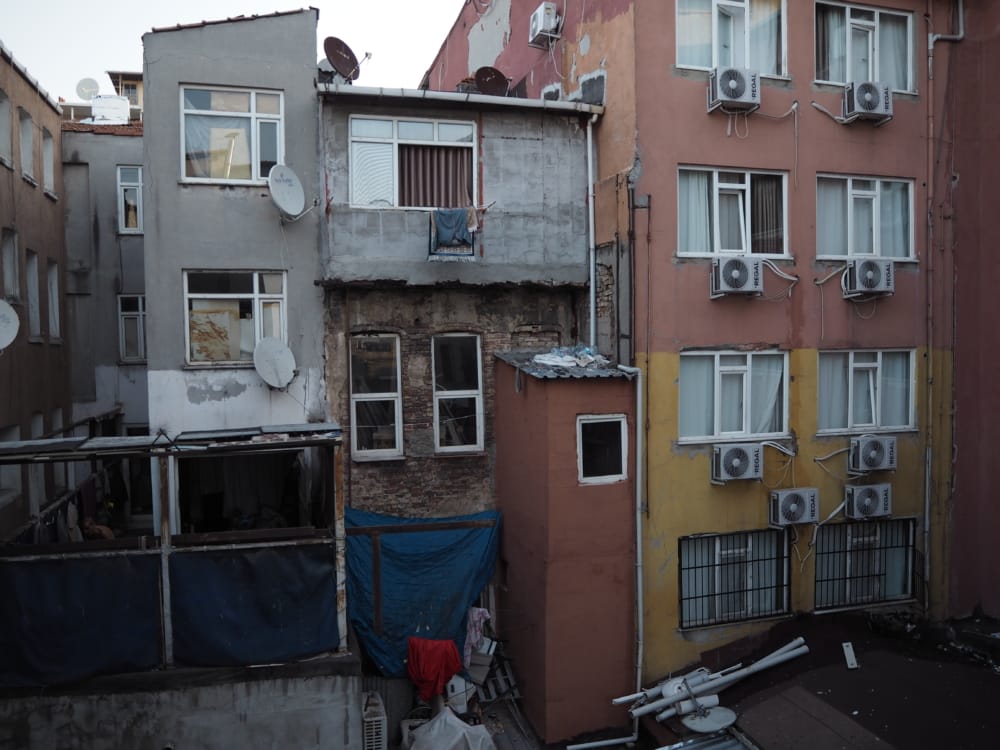
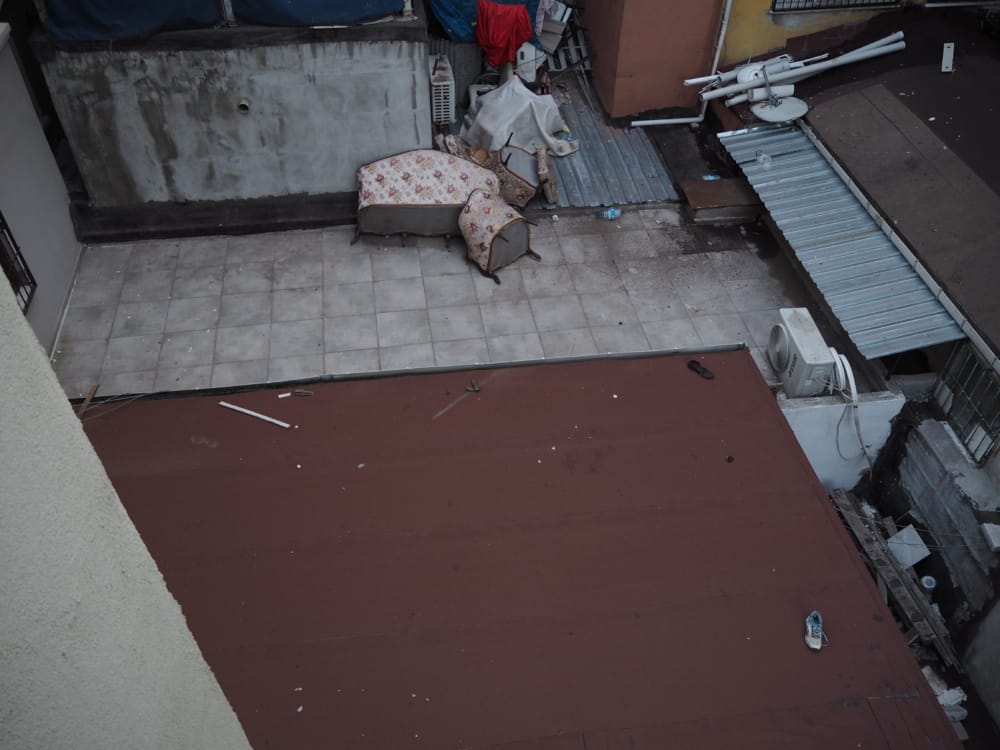
and the intermittent clackclackclack of the compressors opposite
